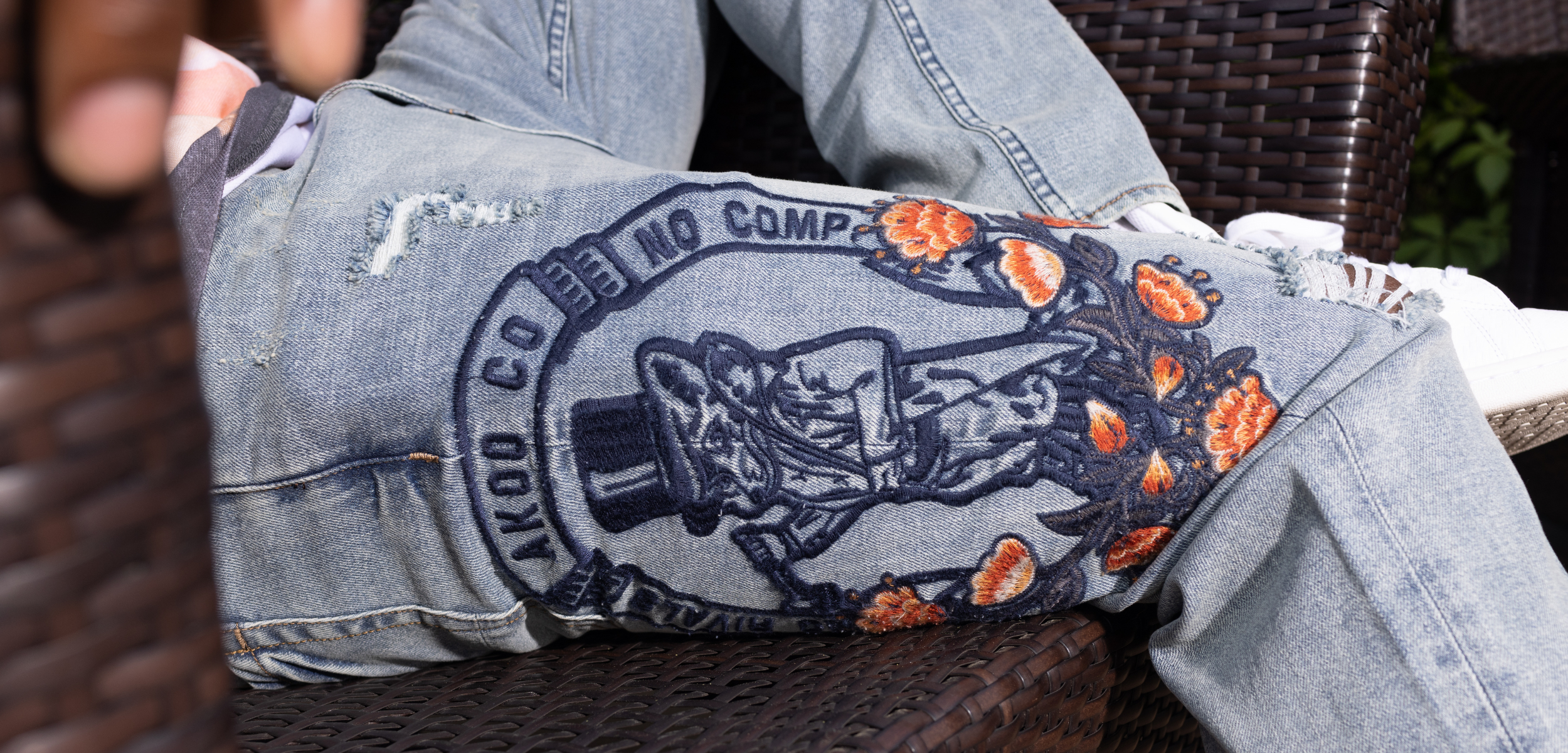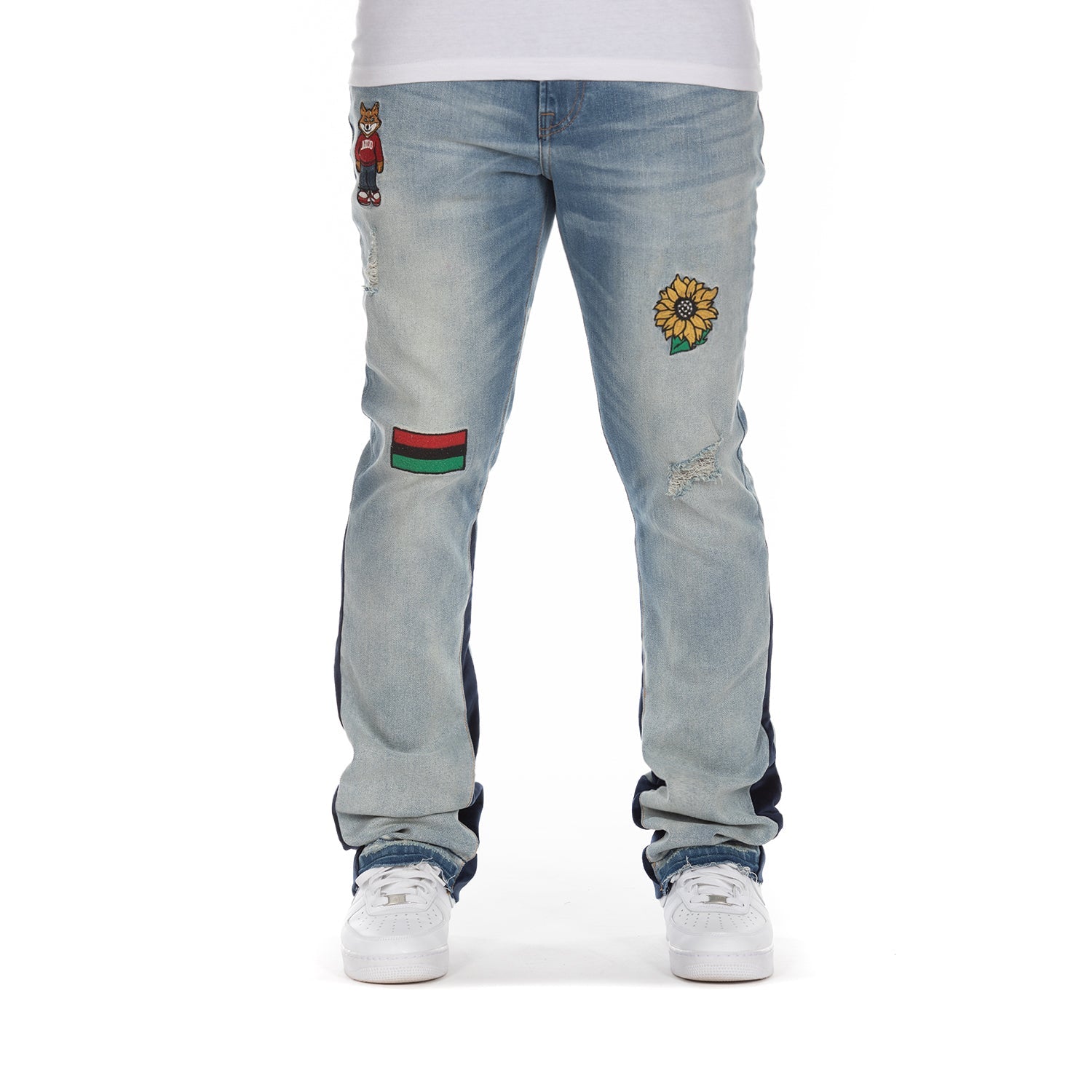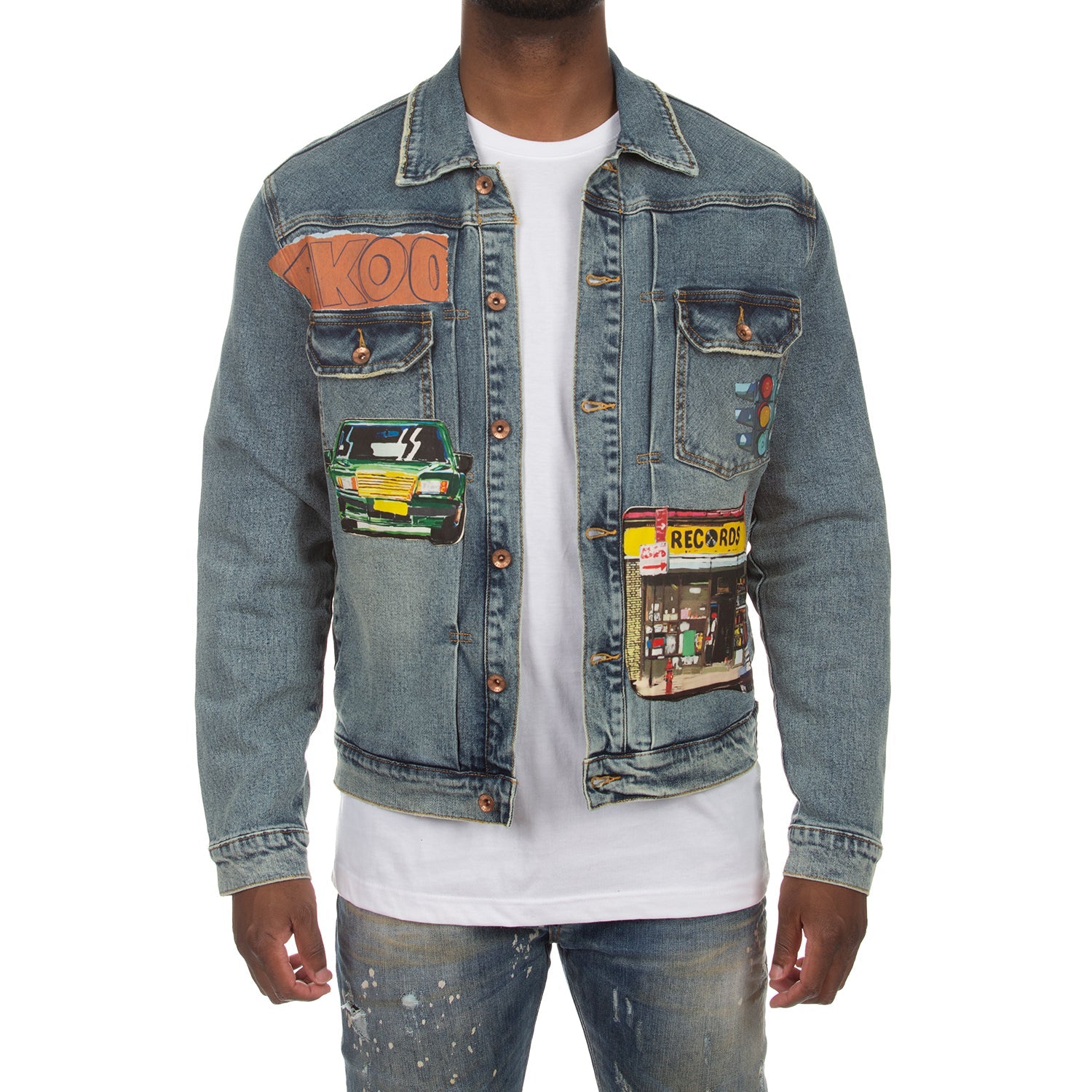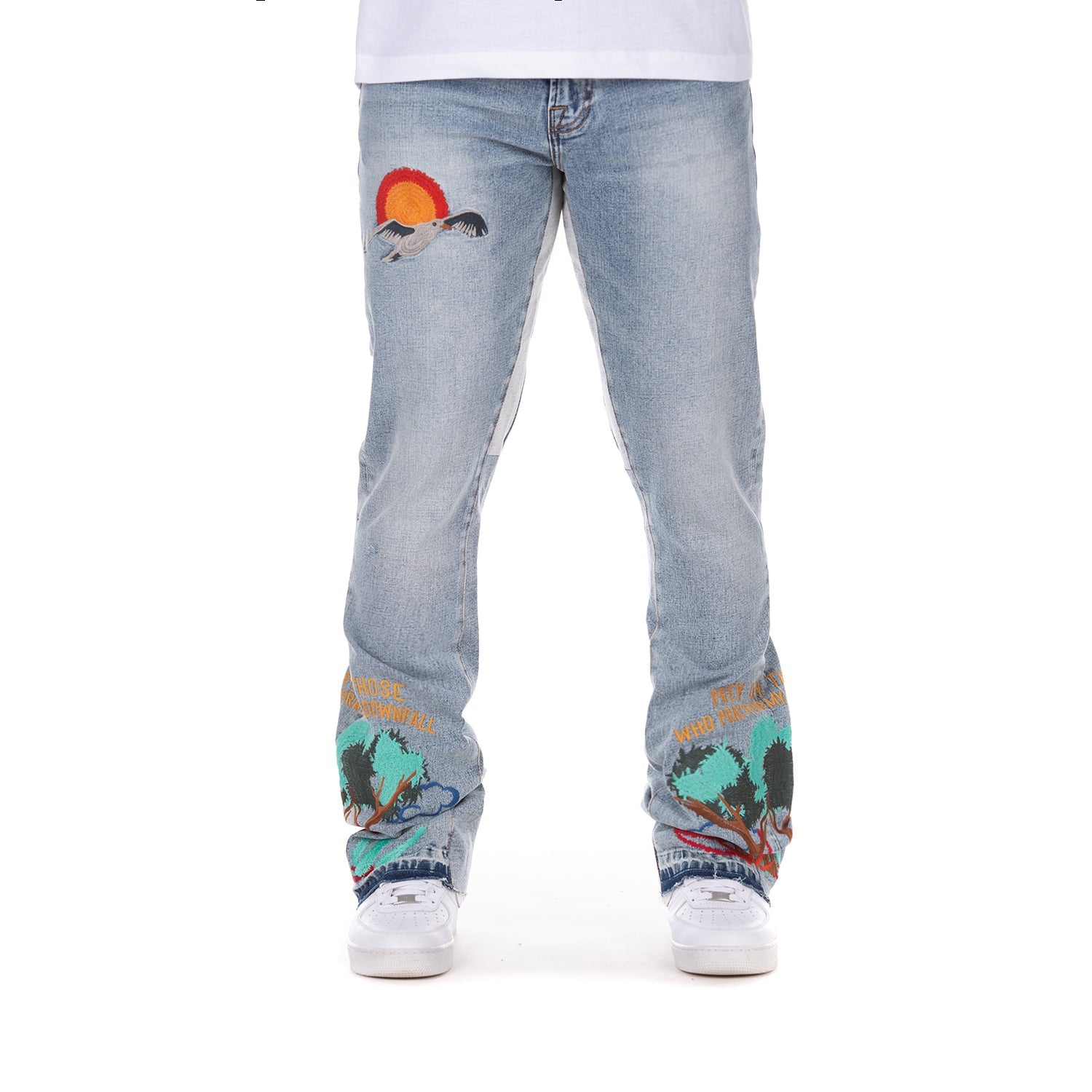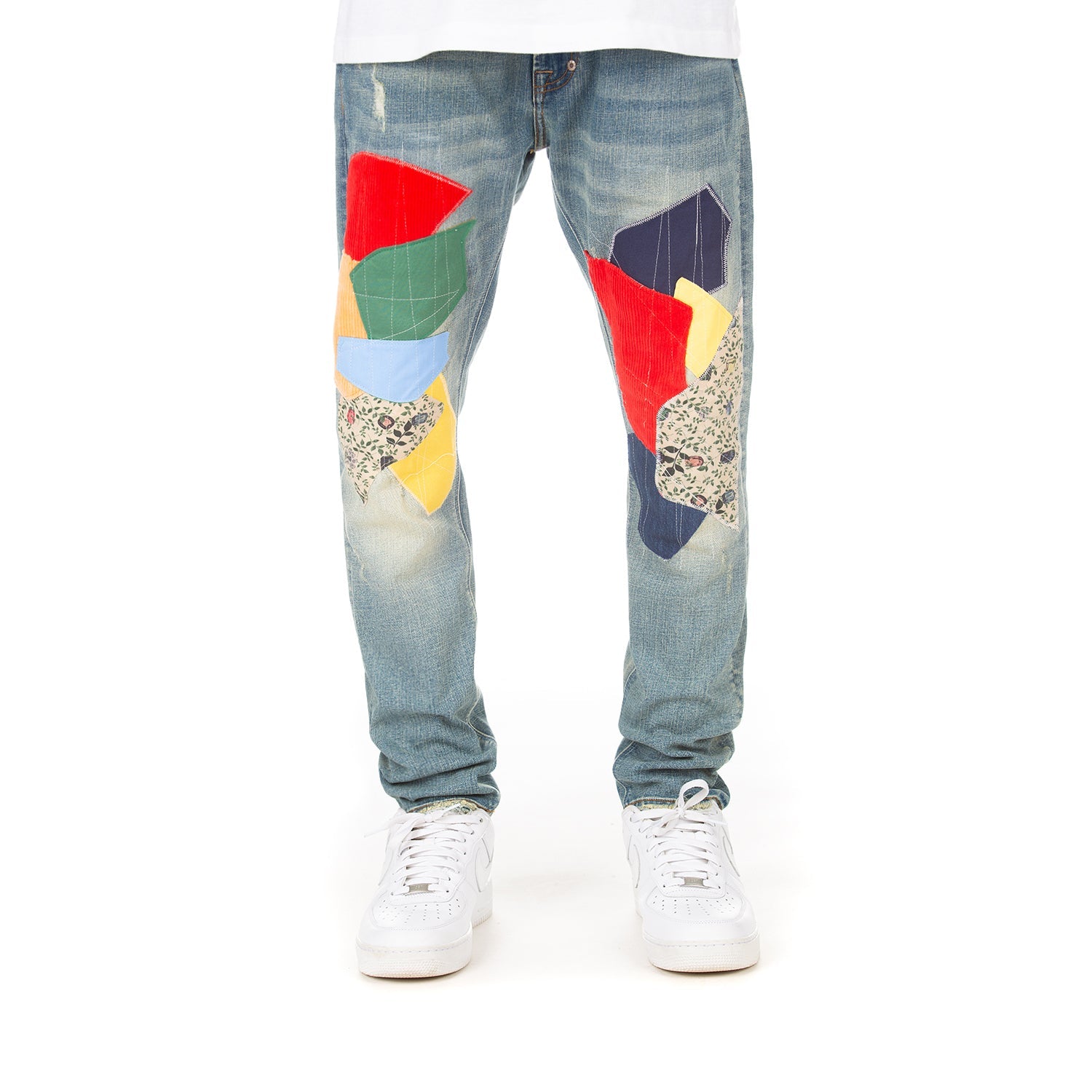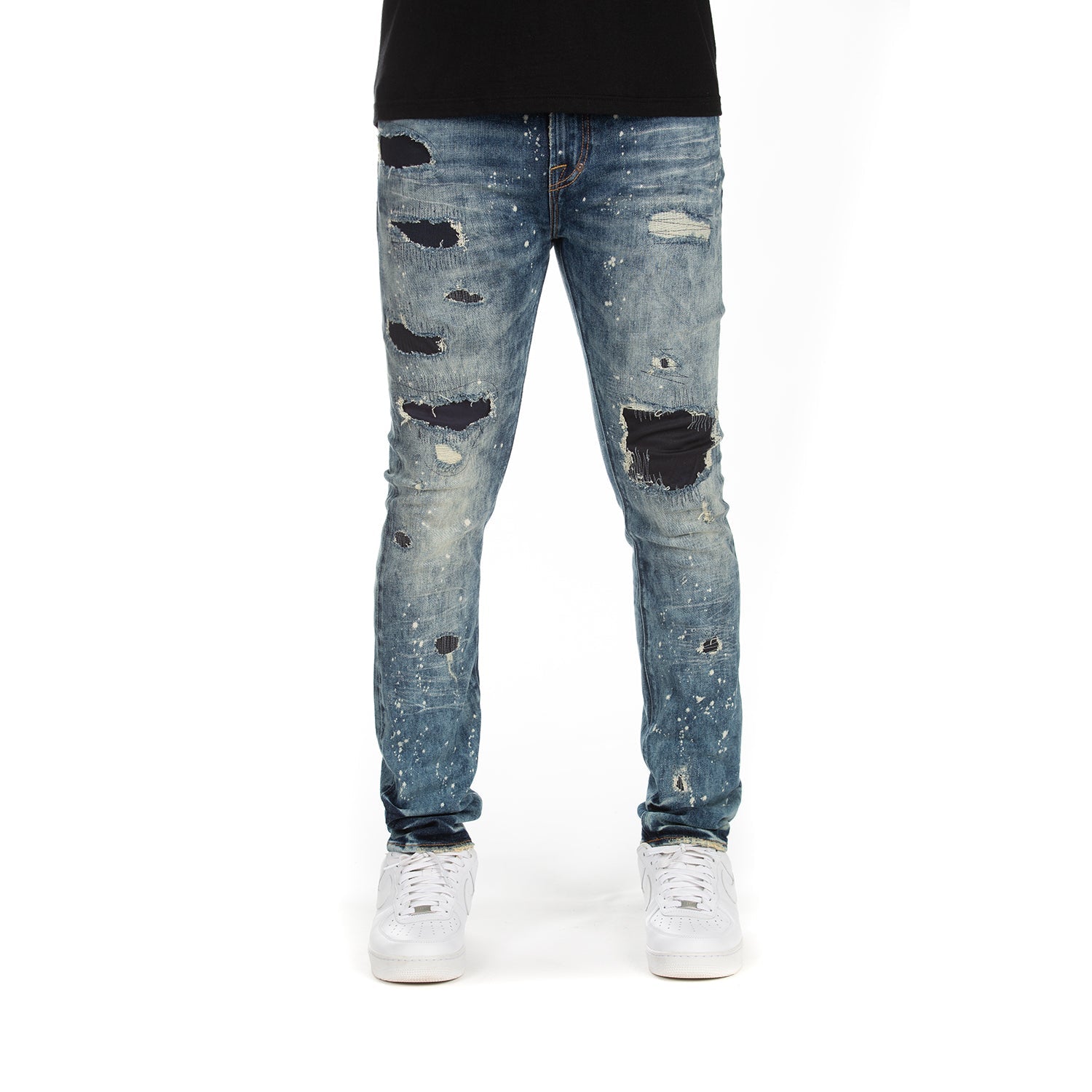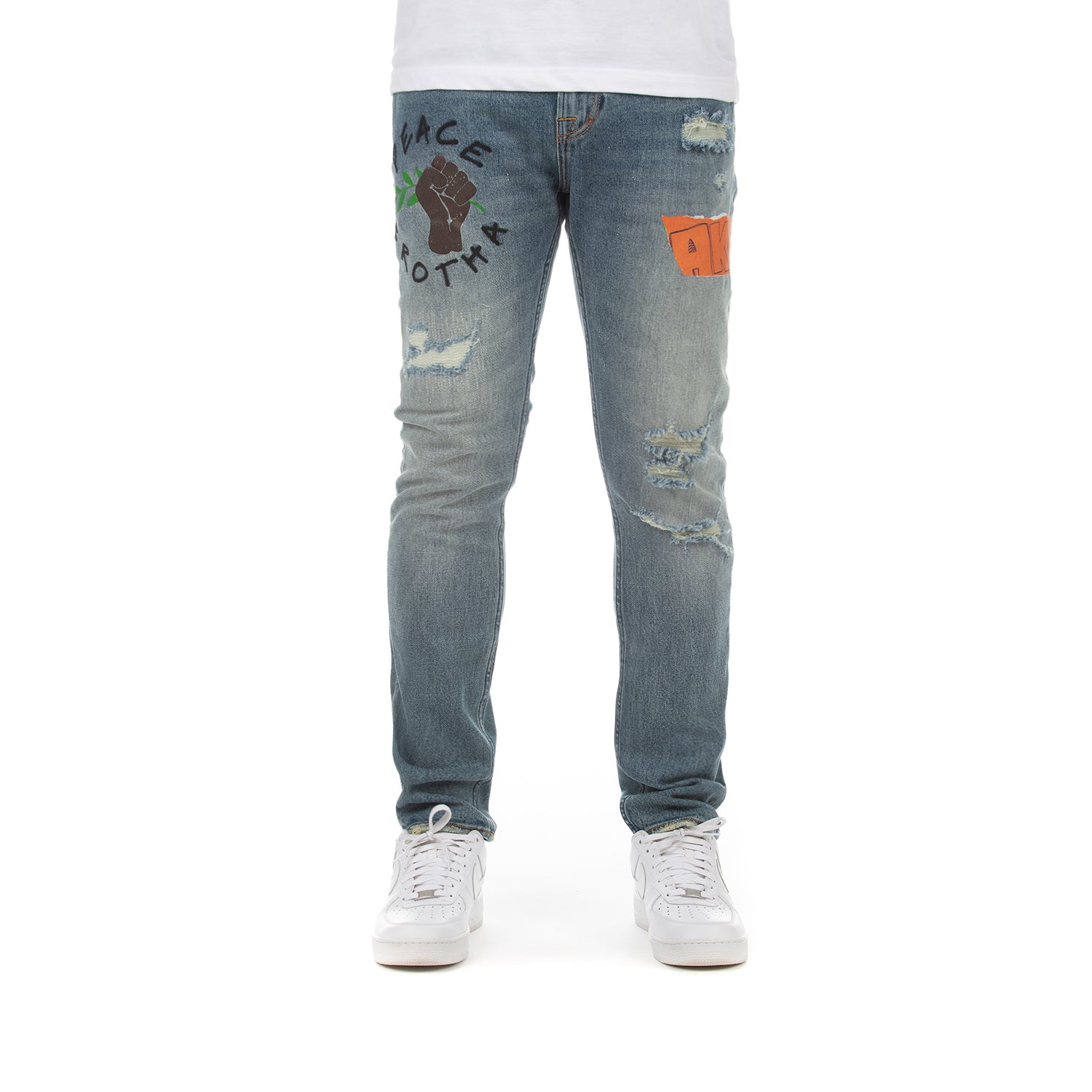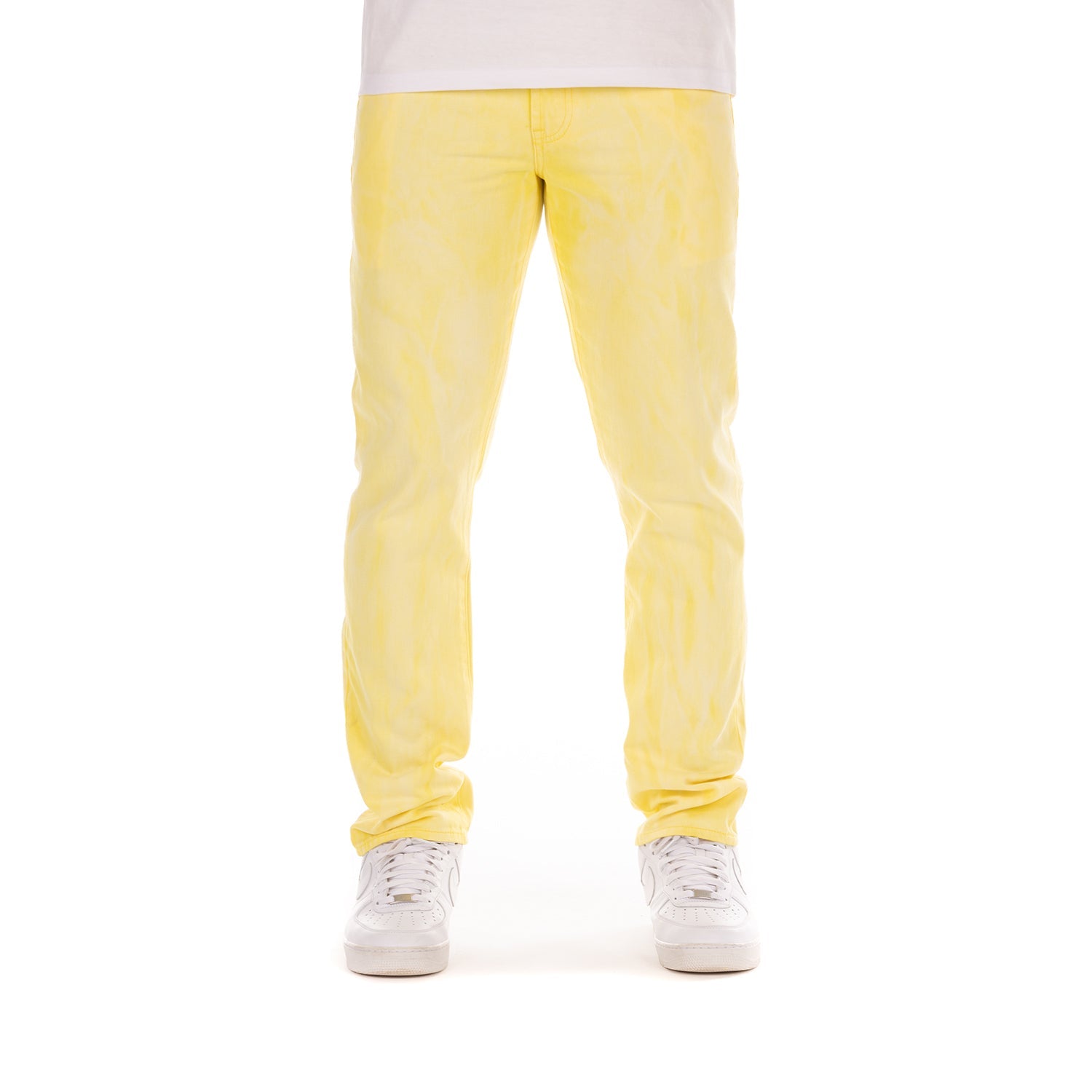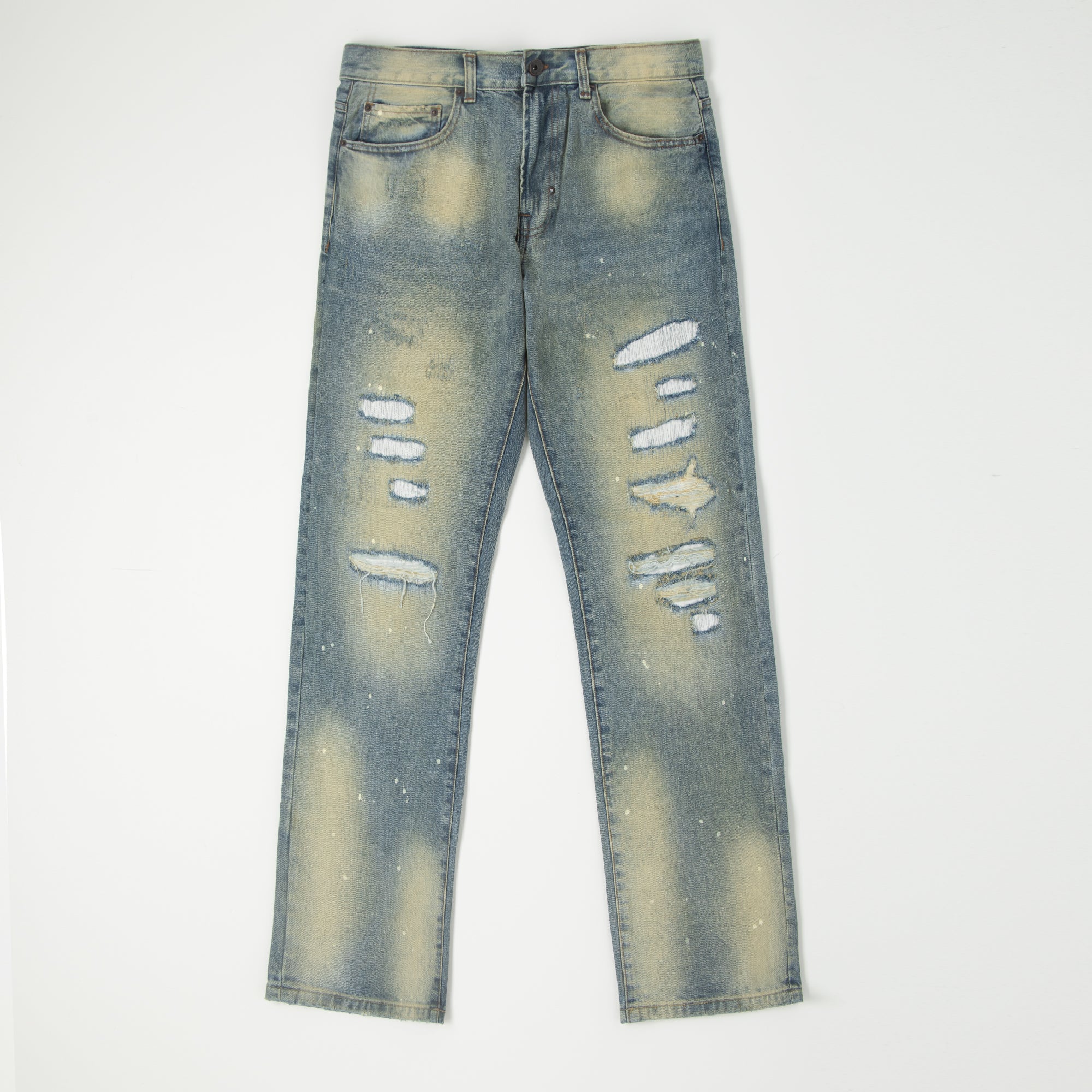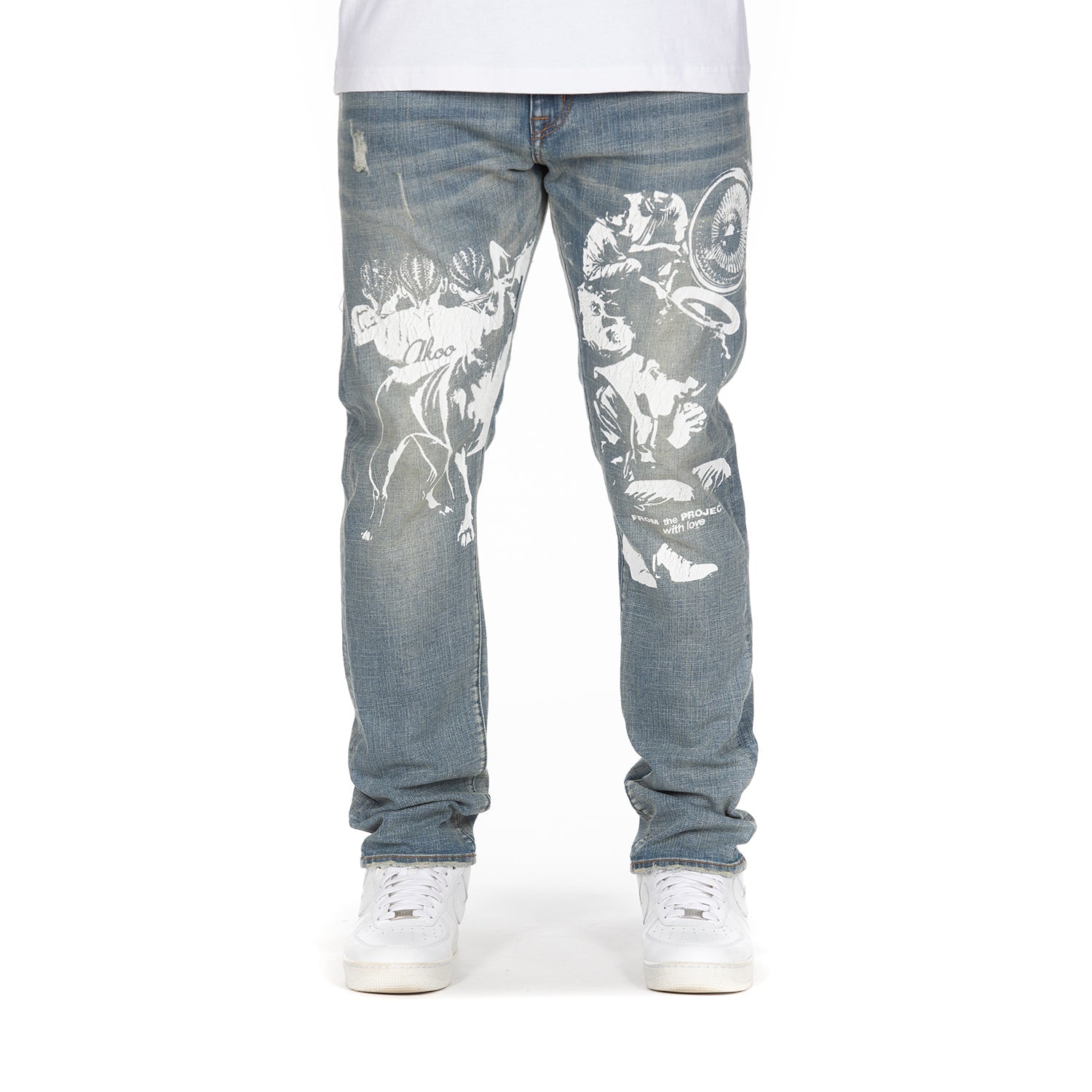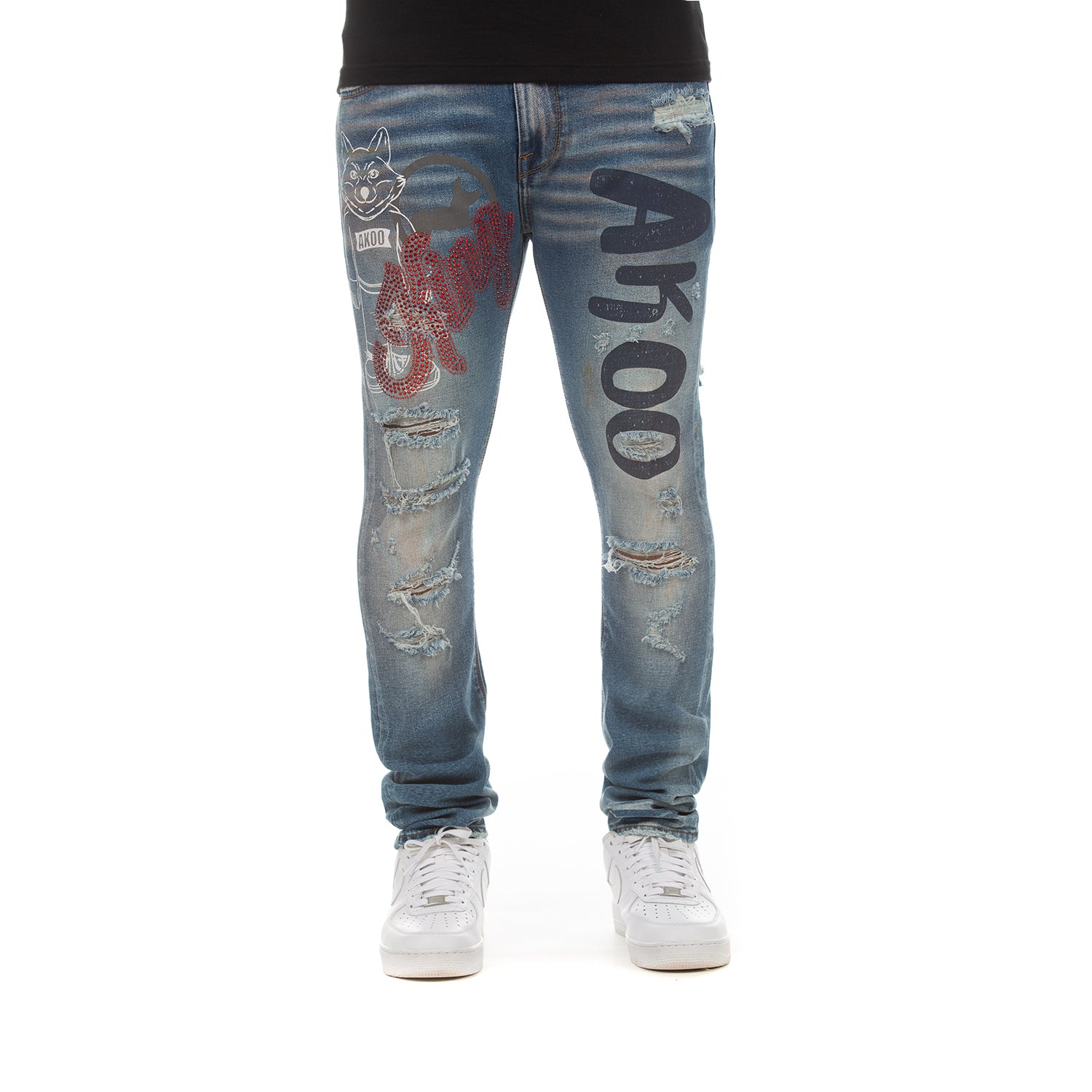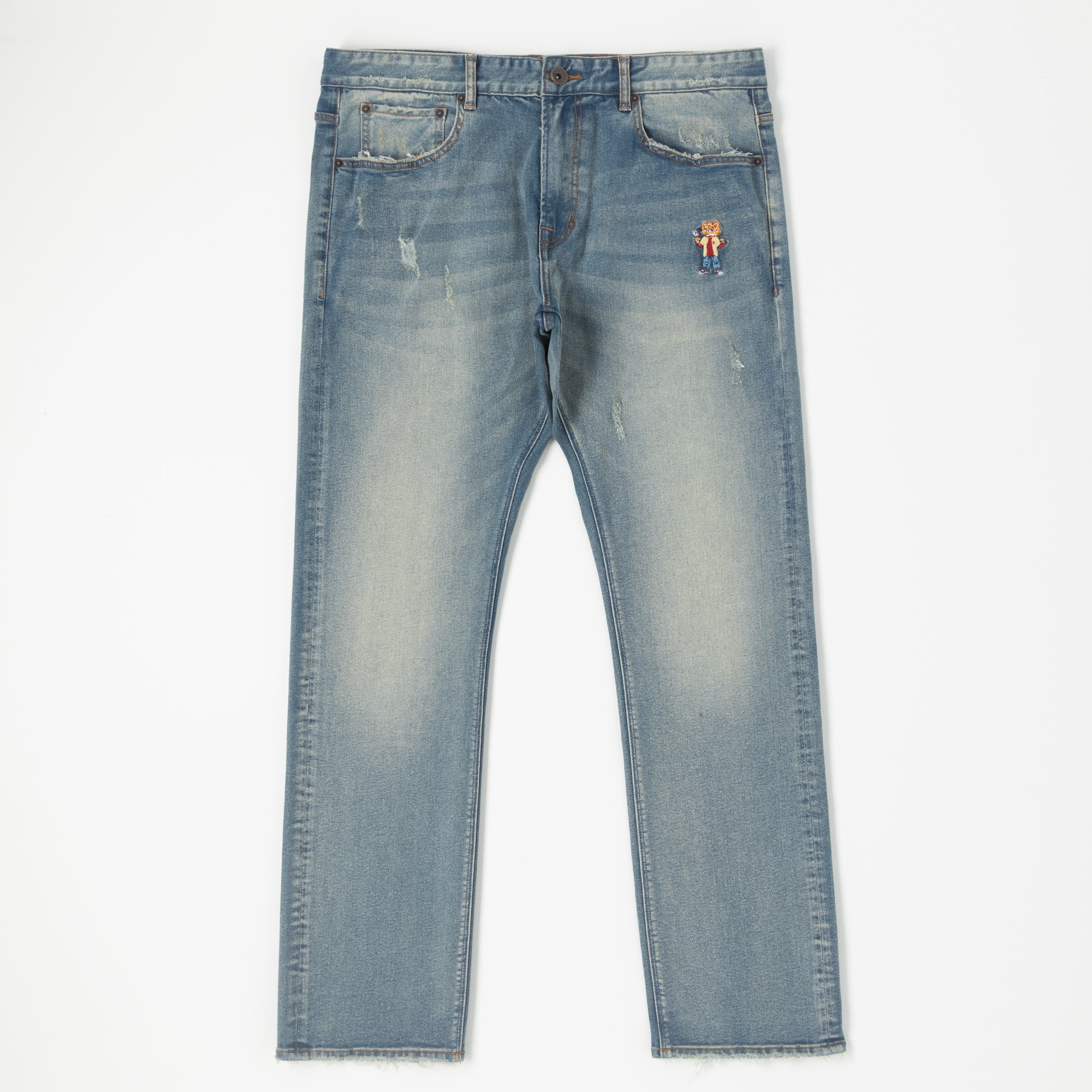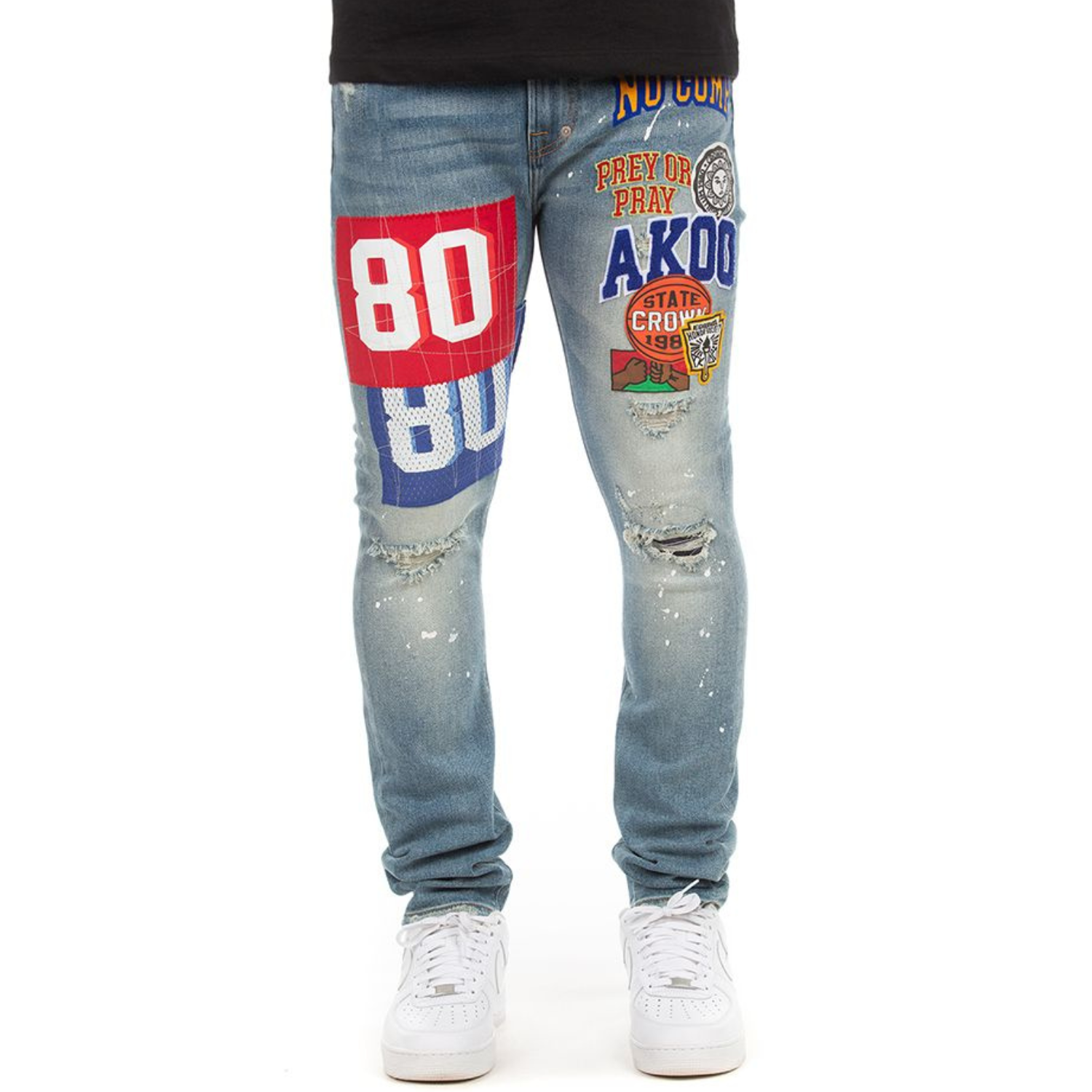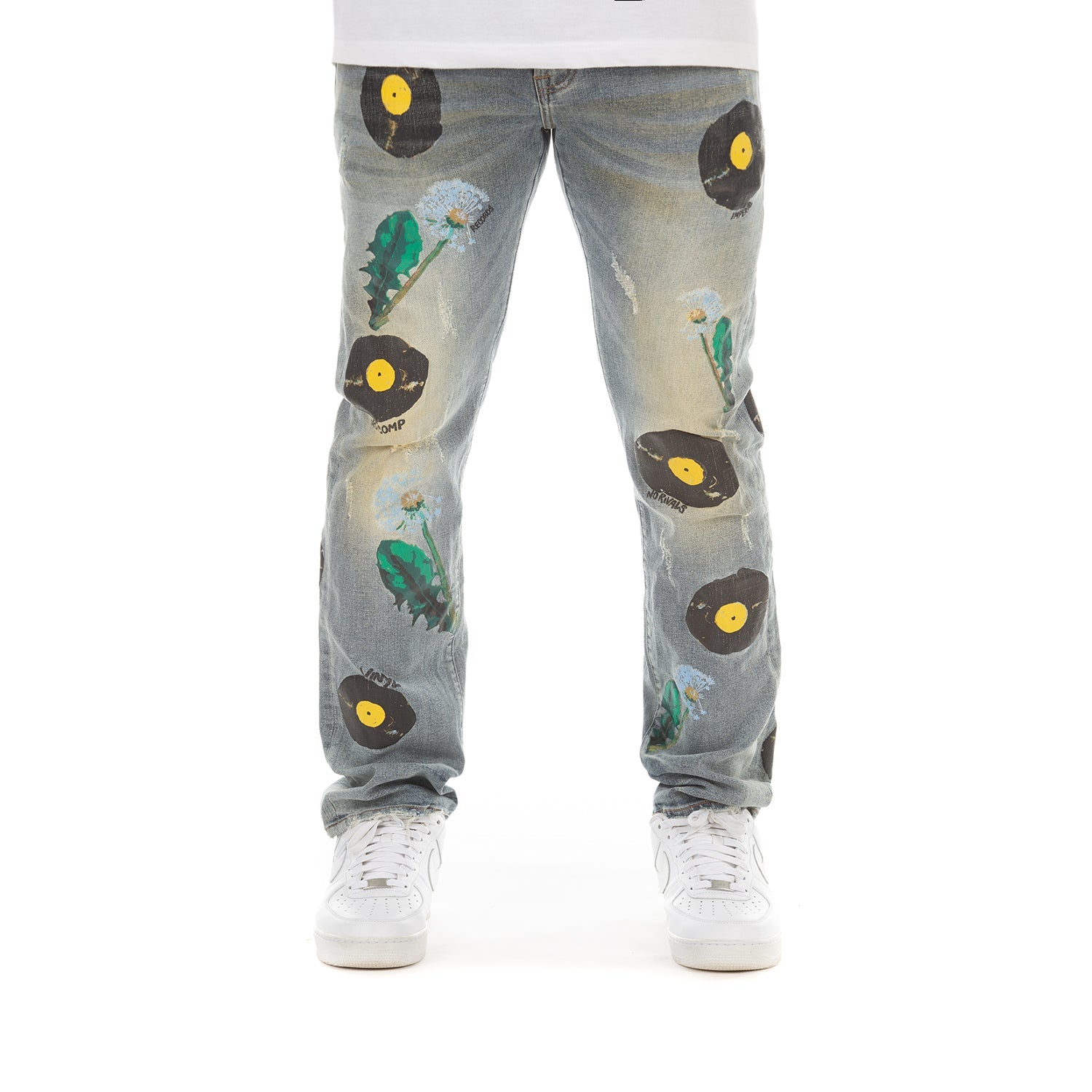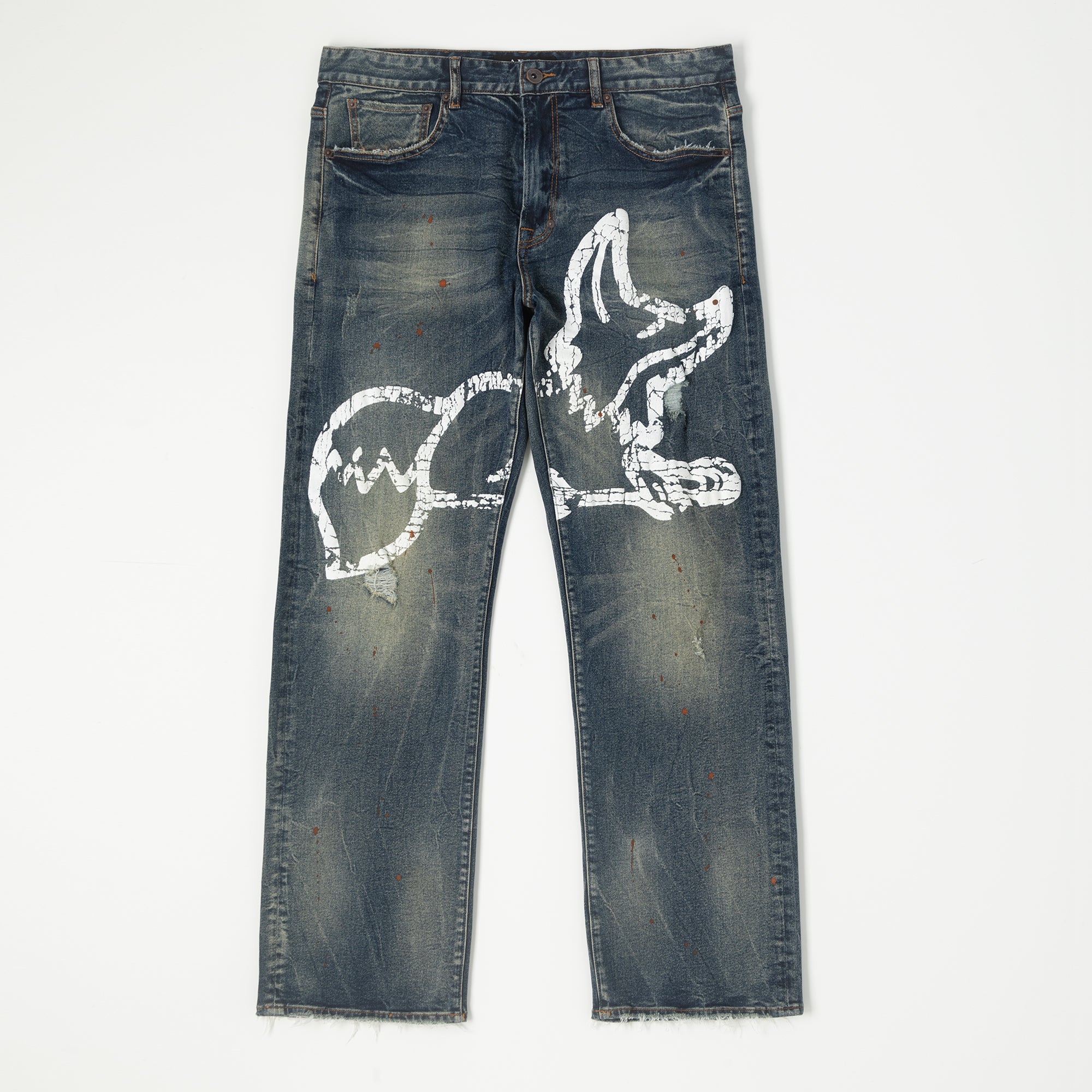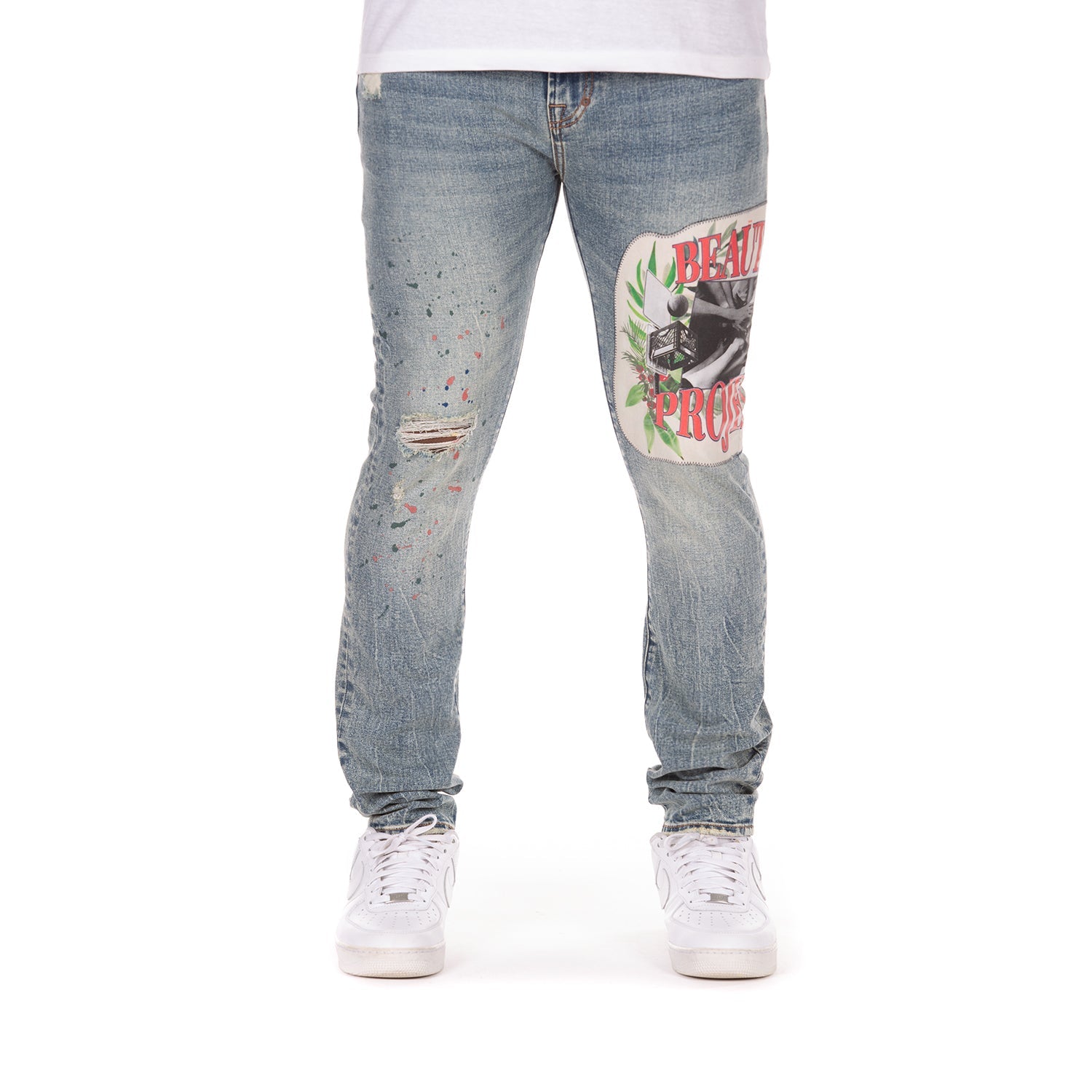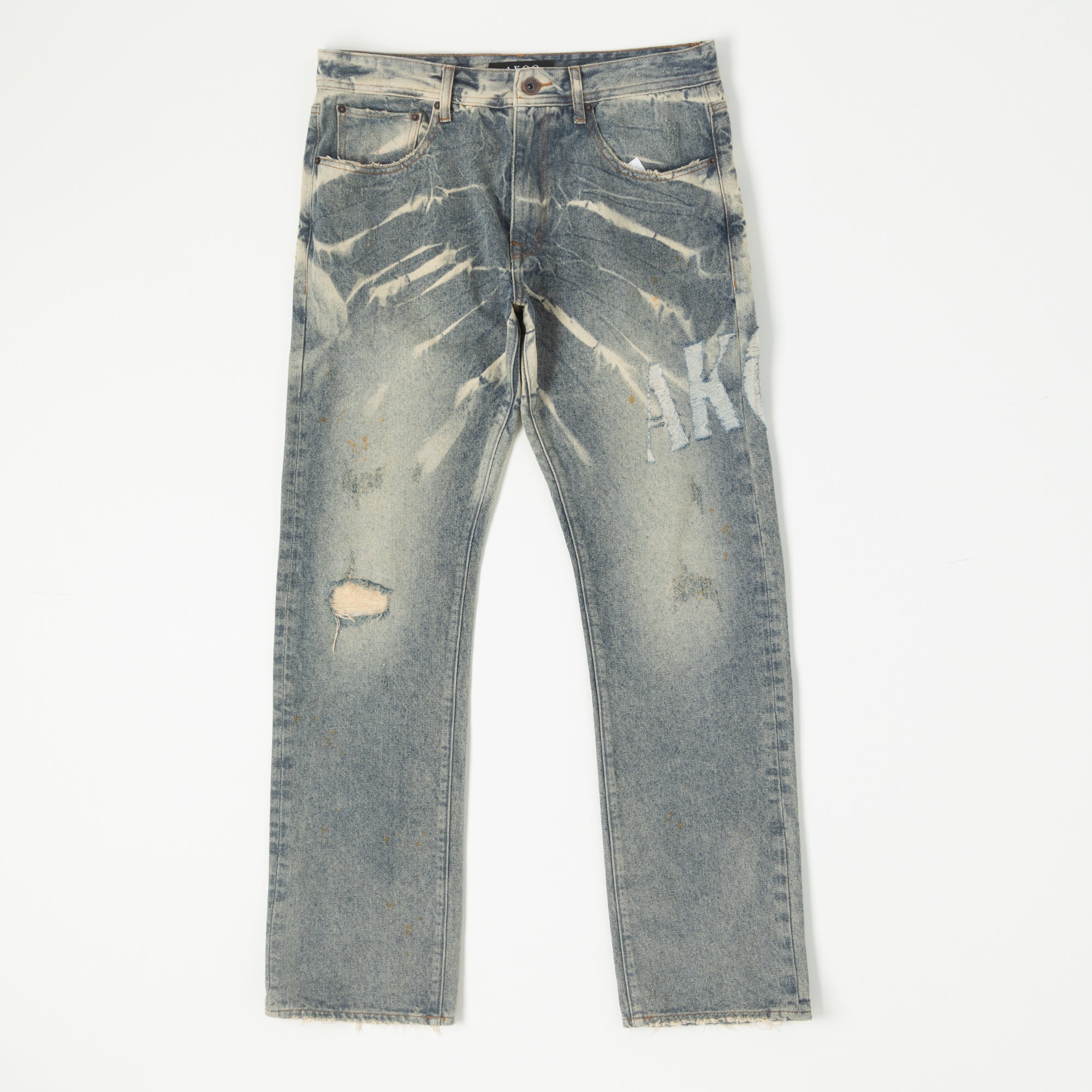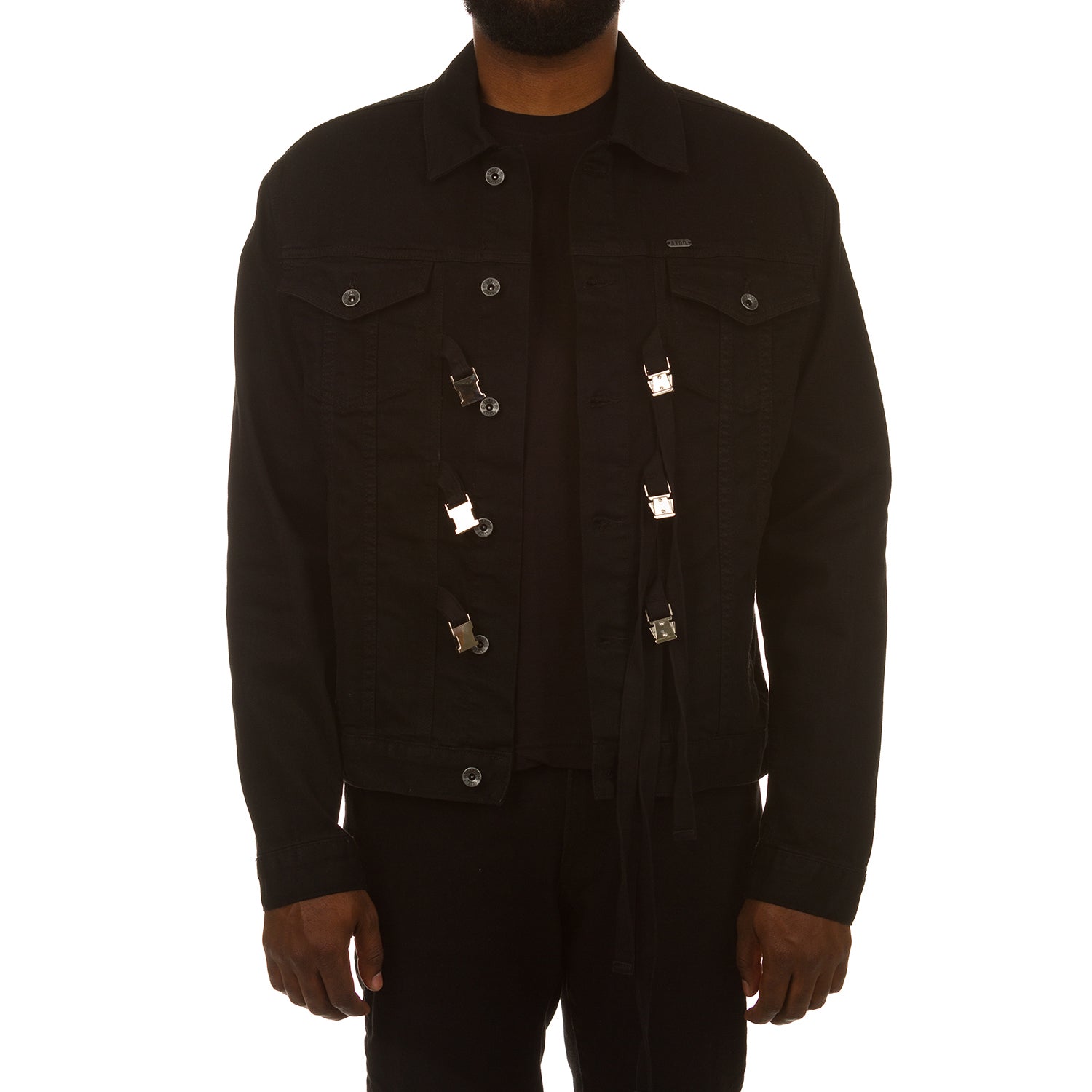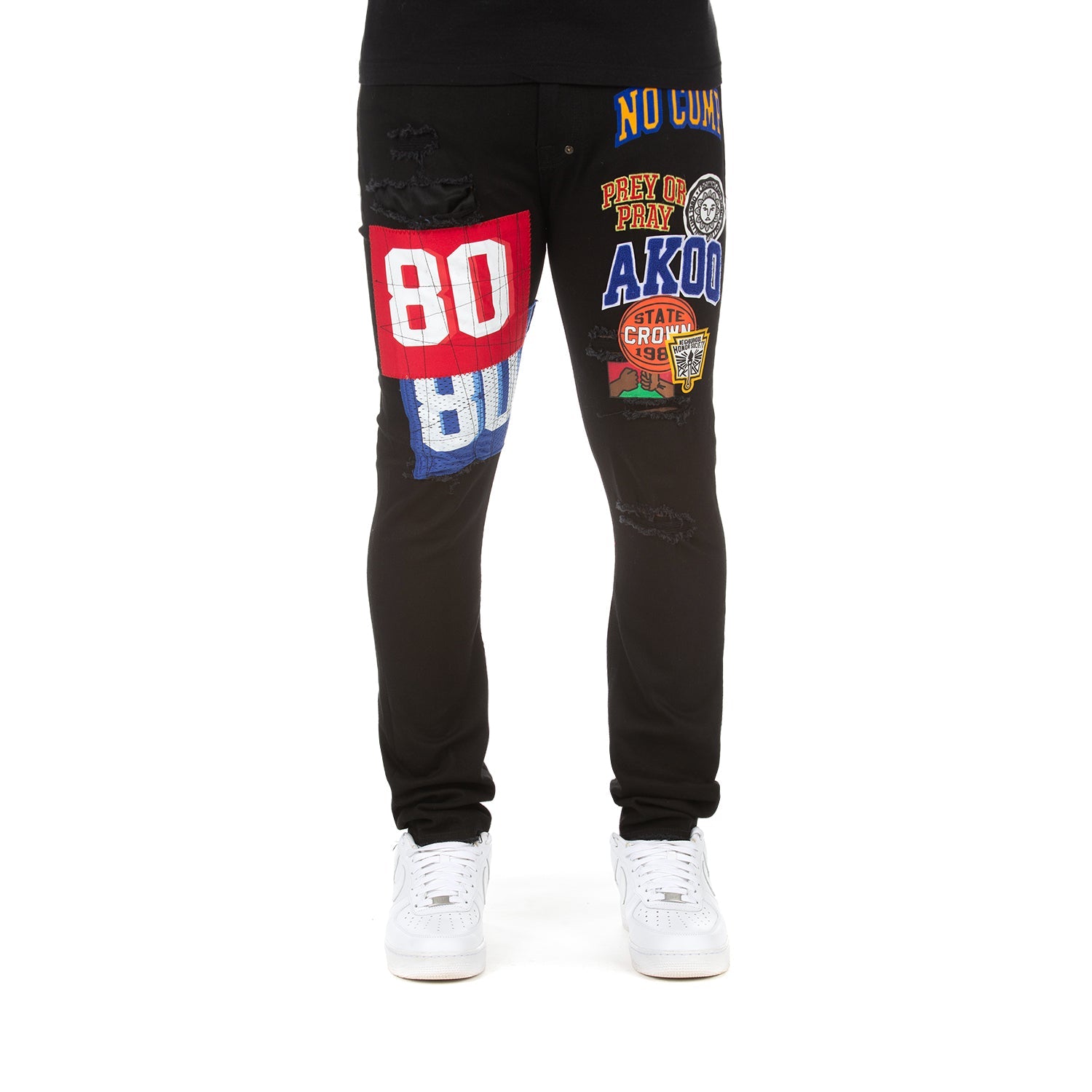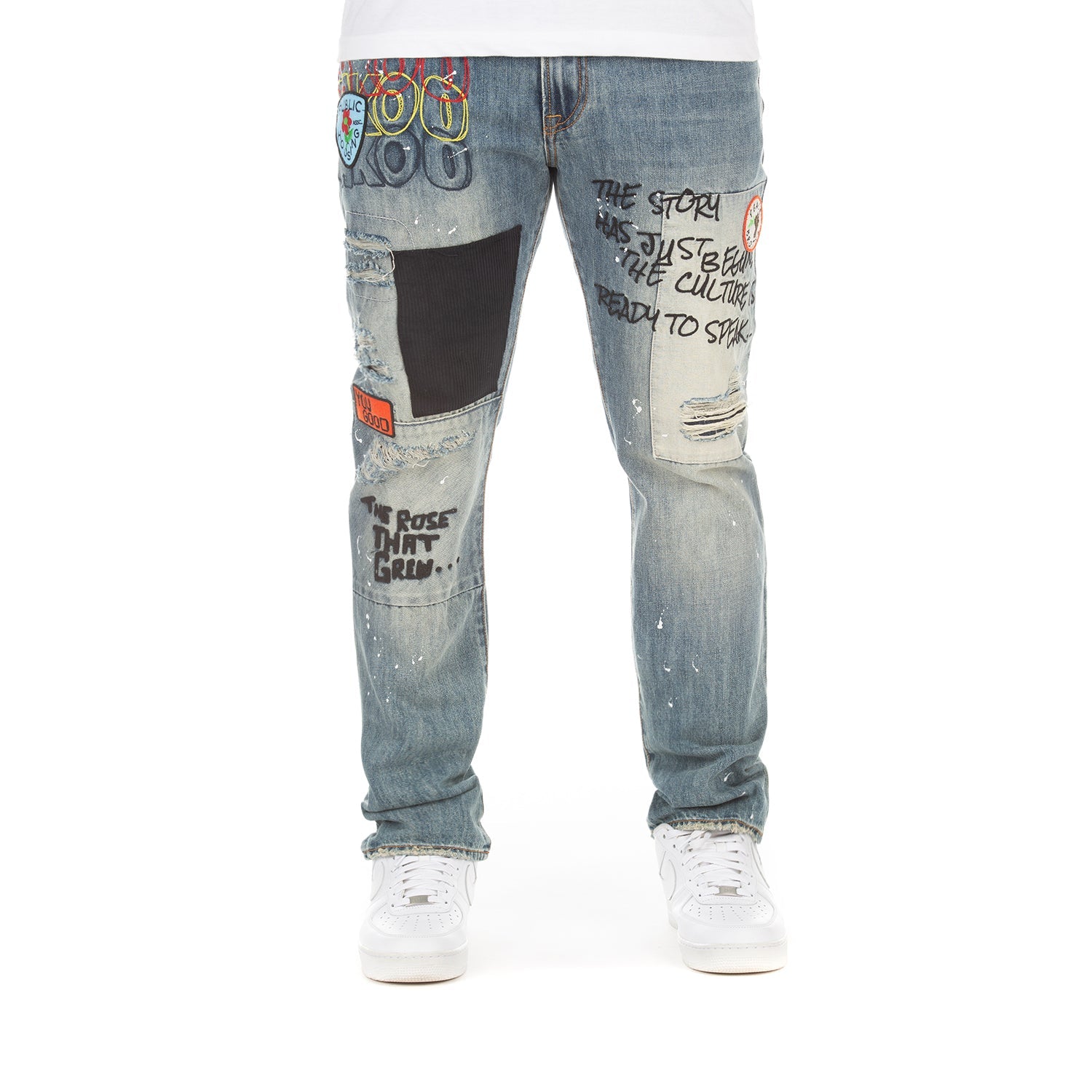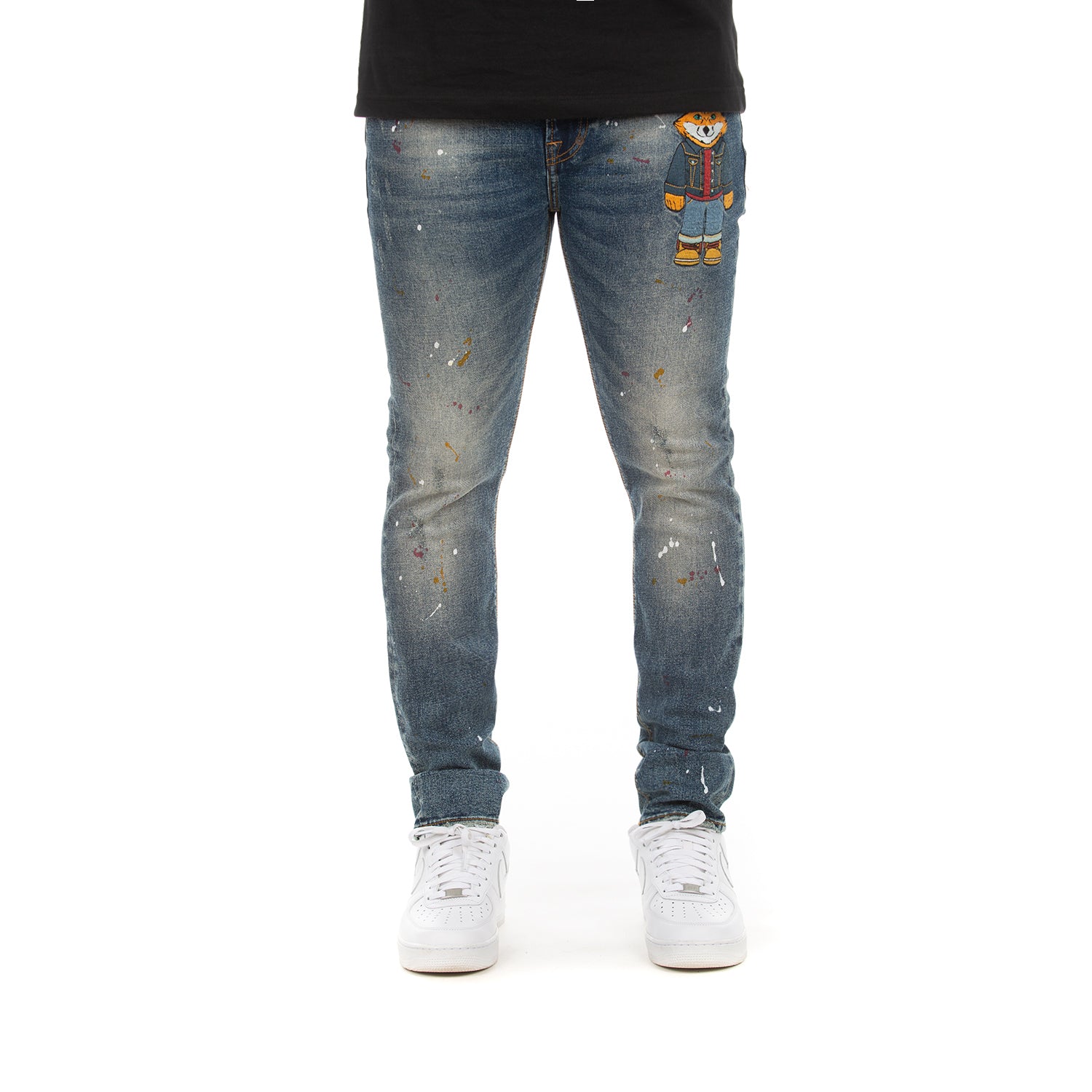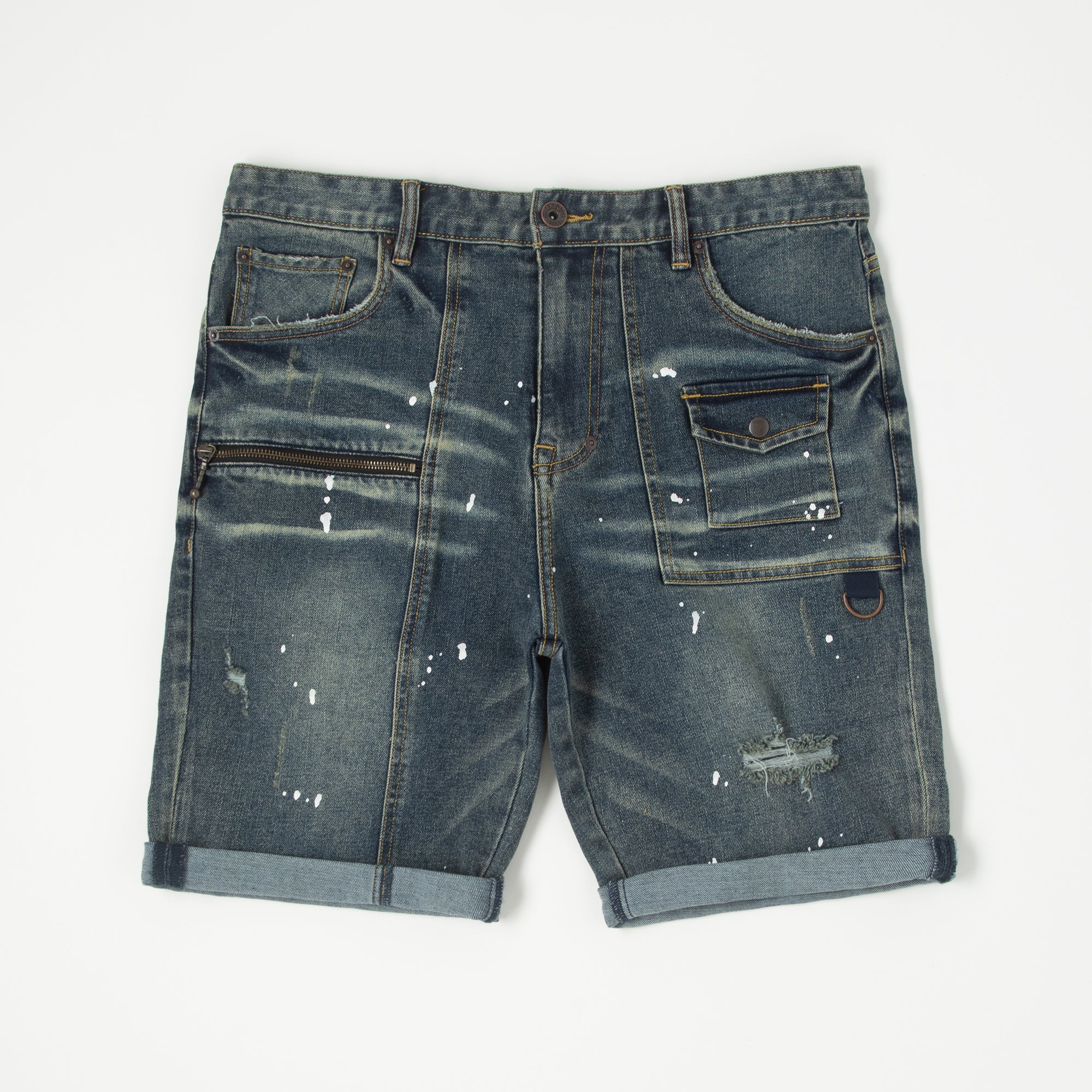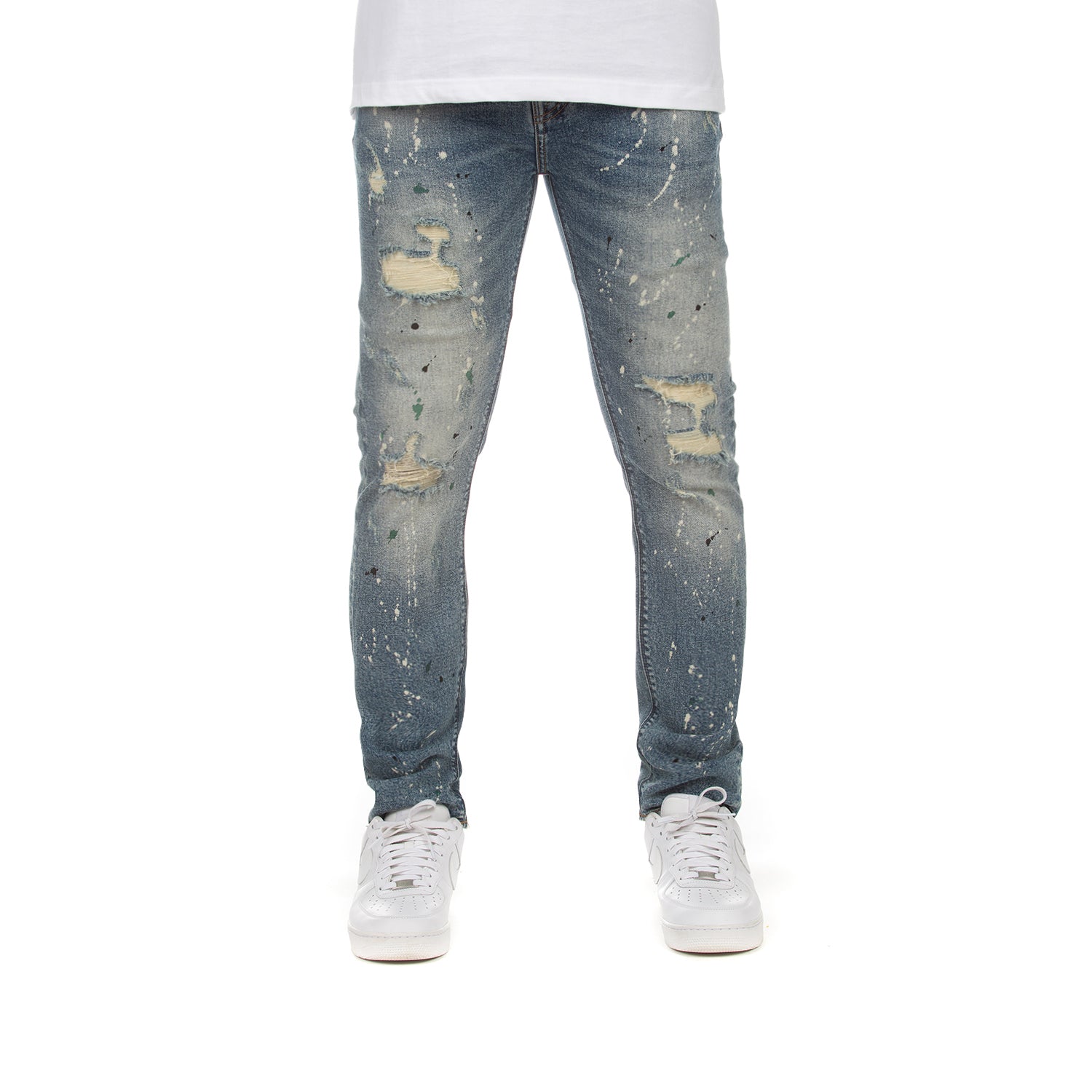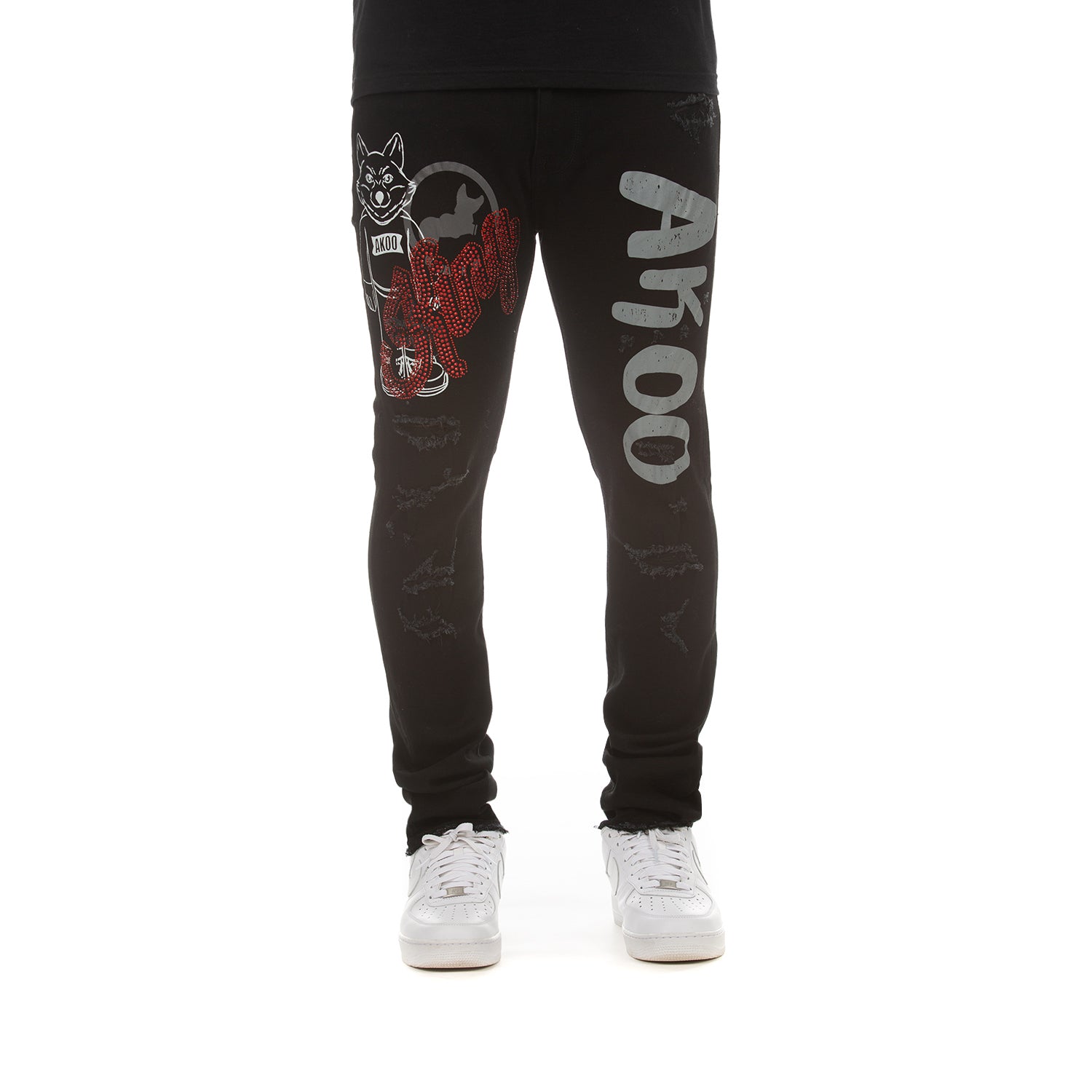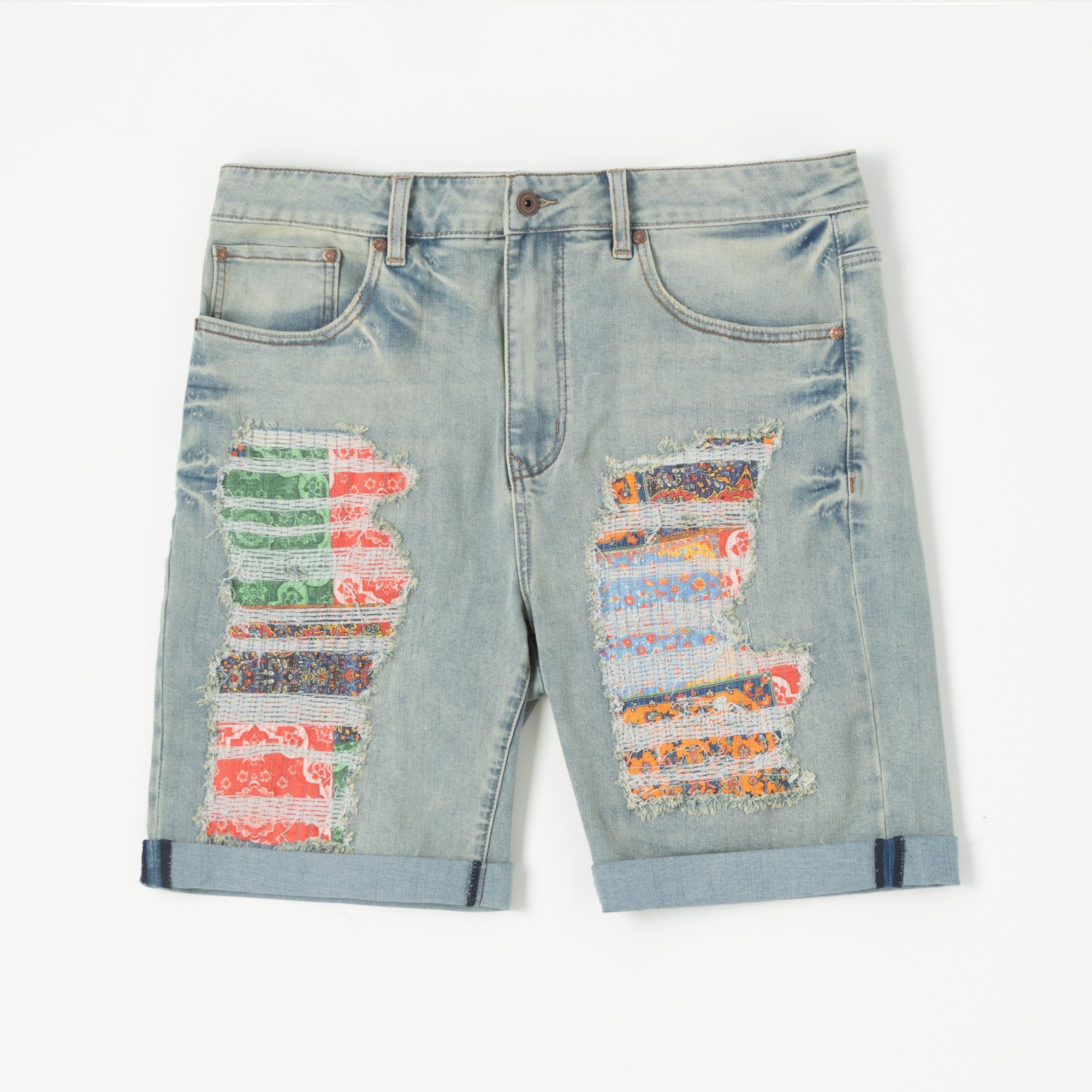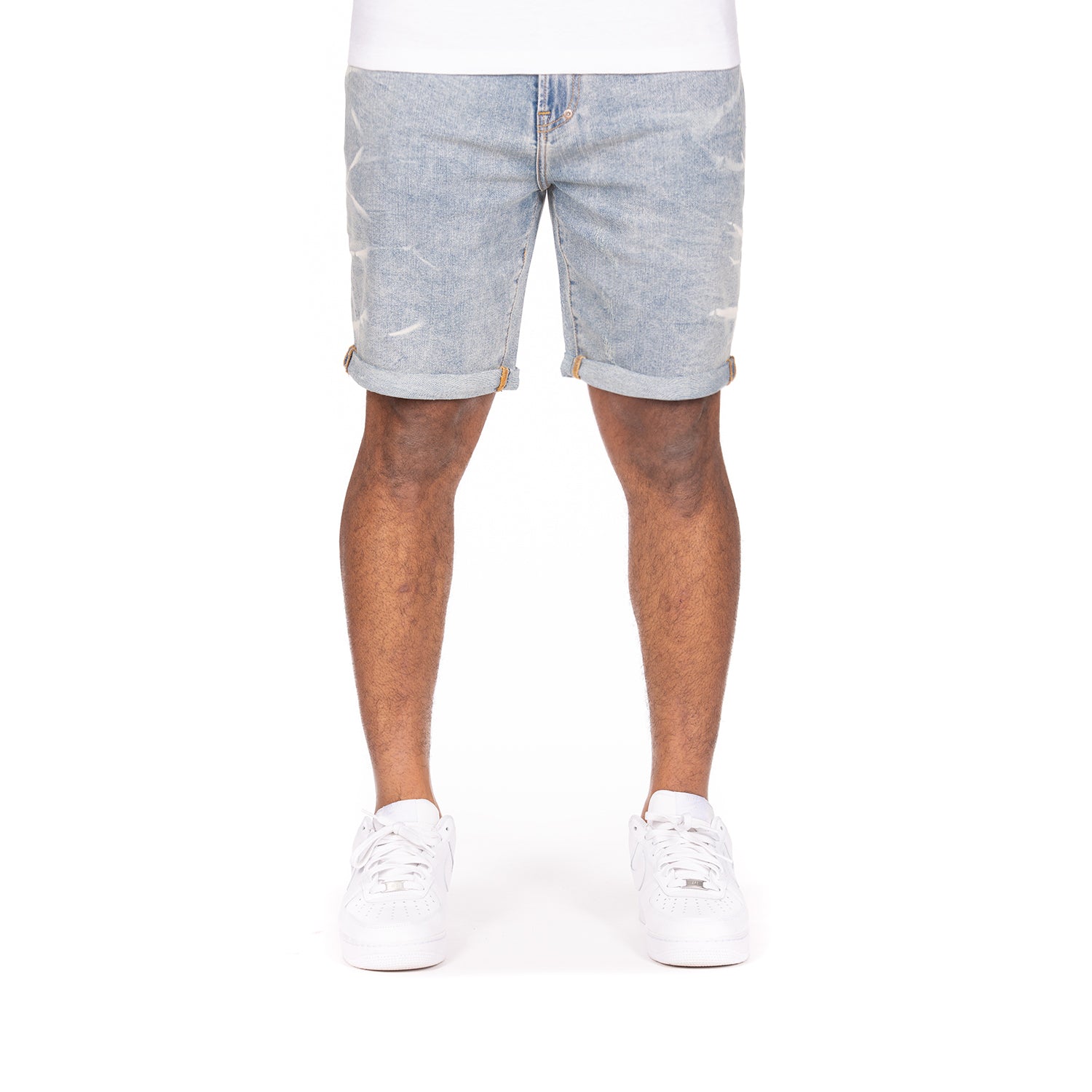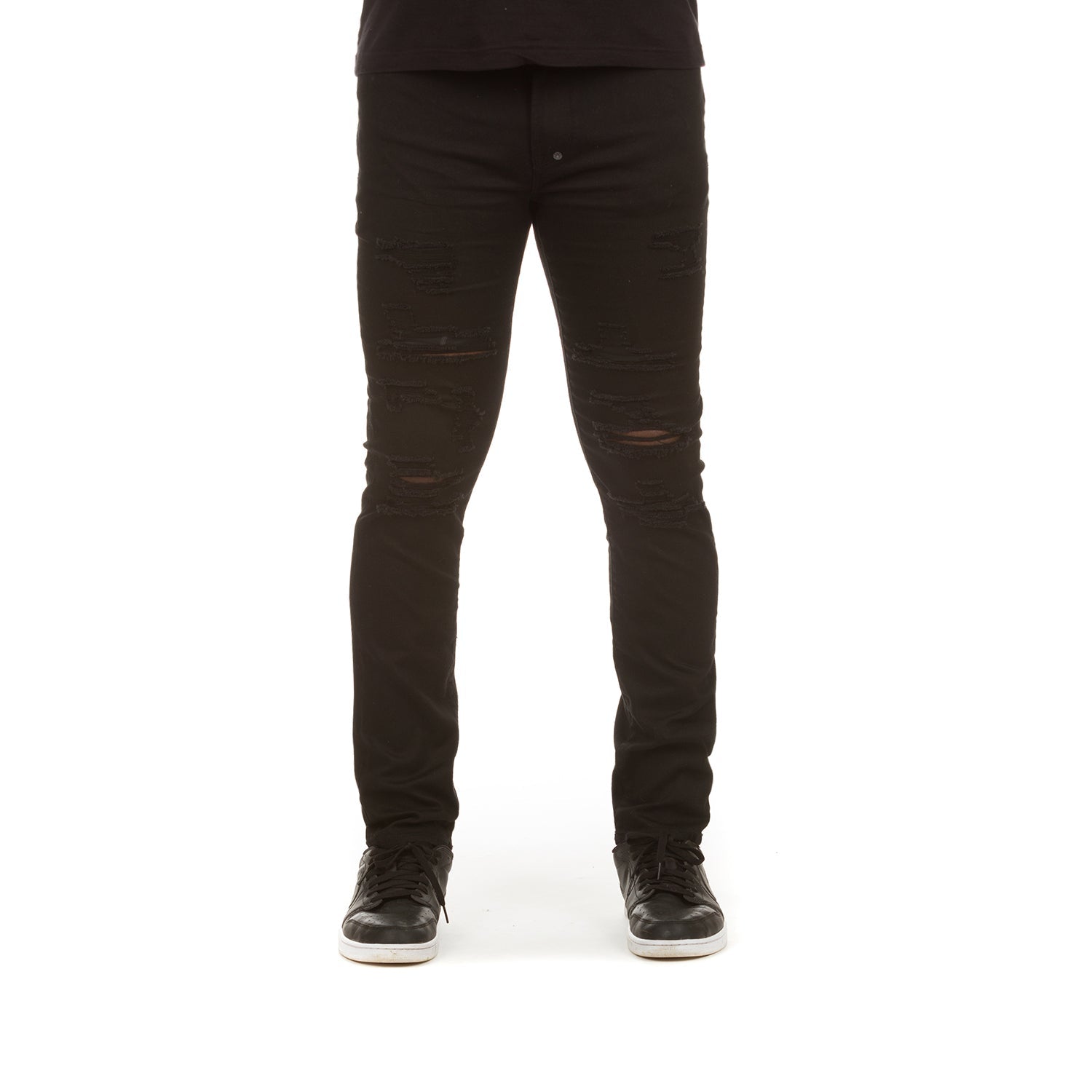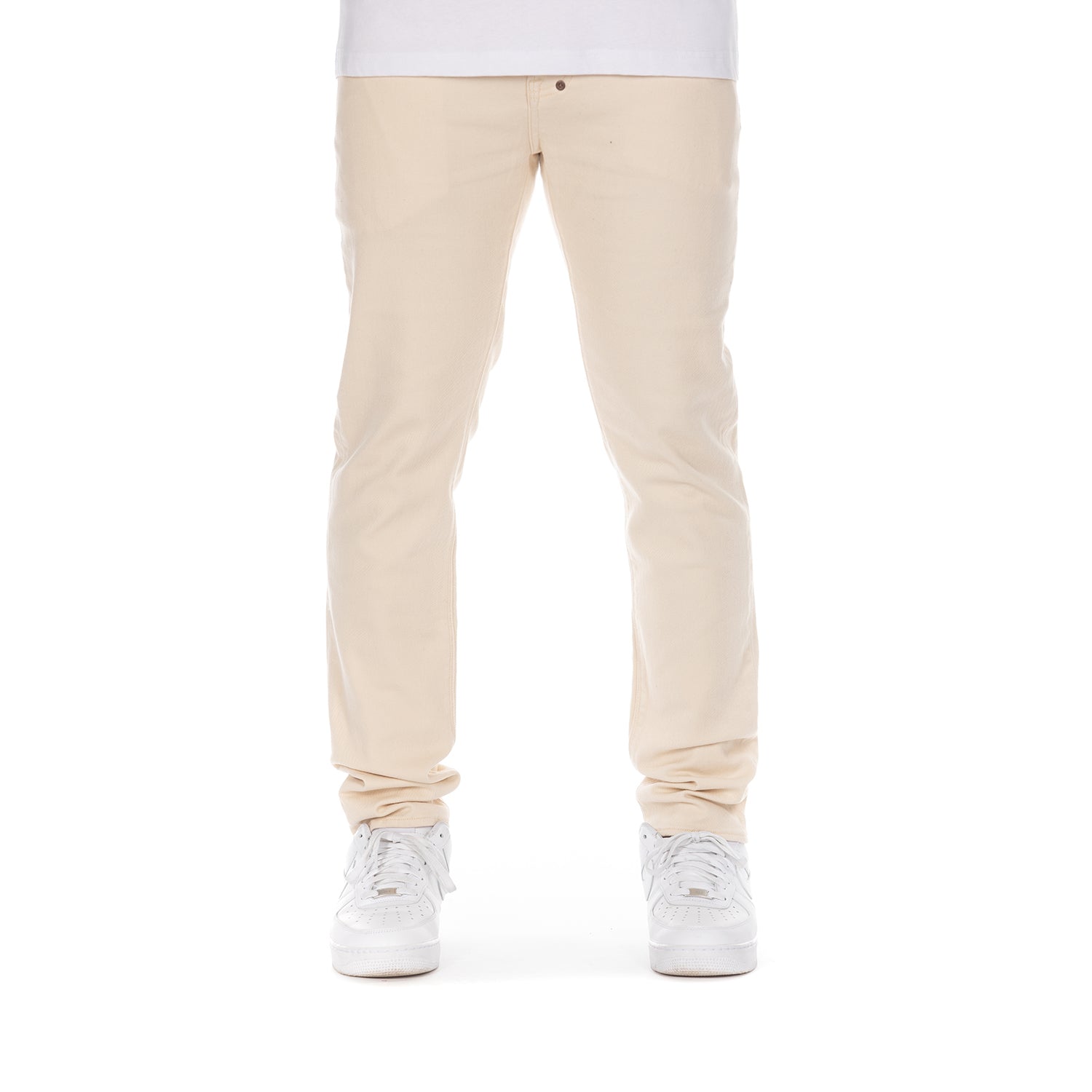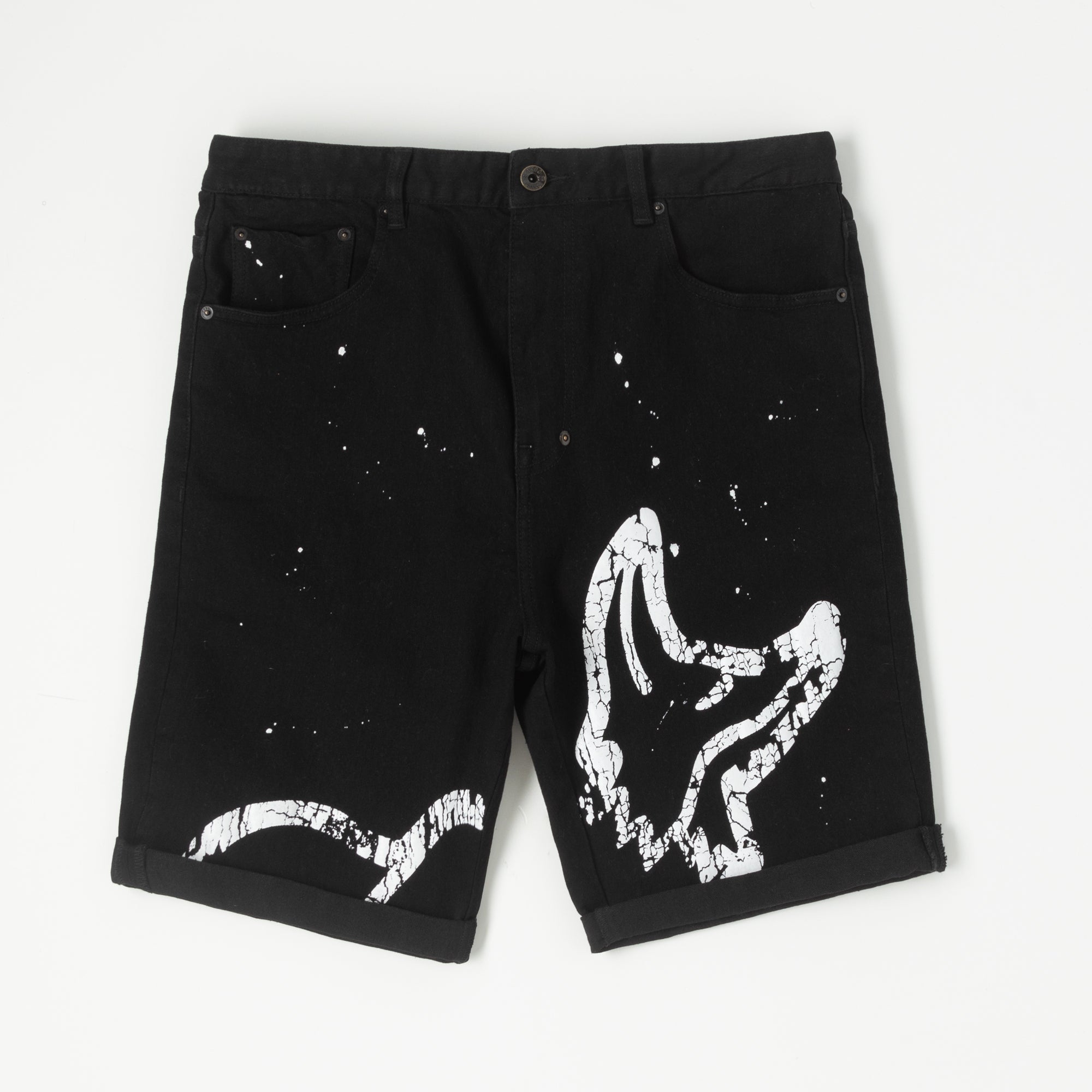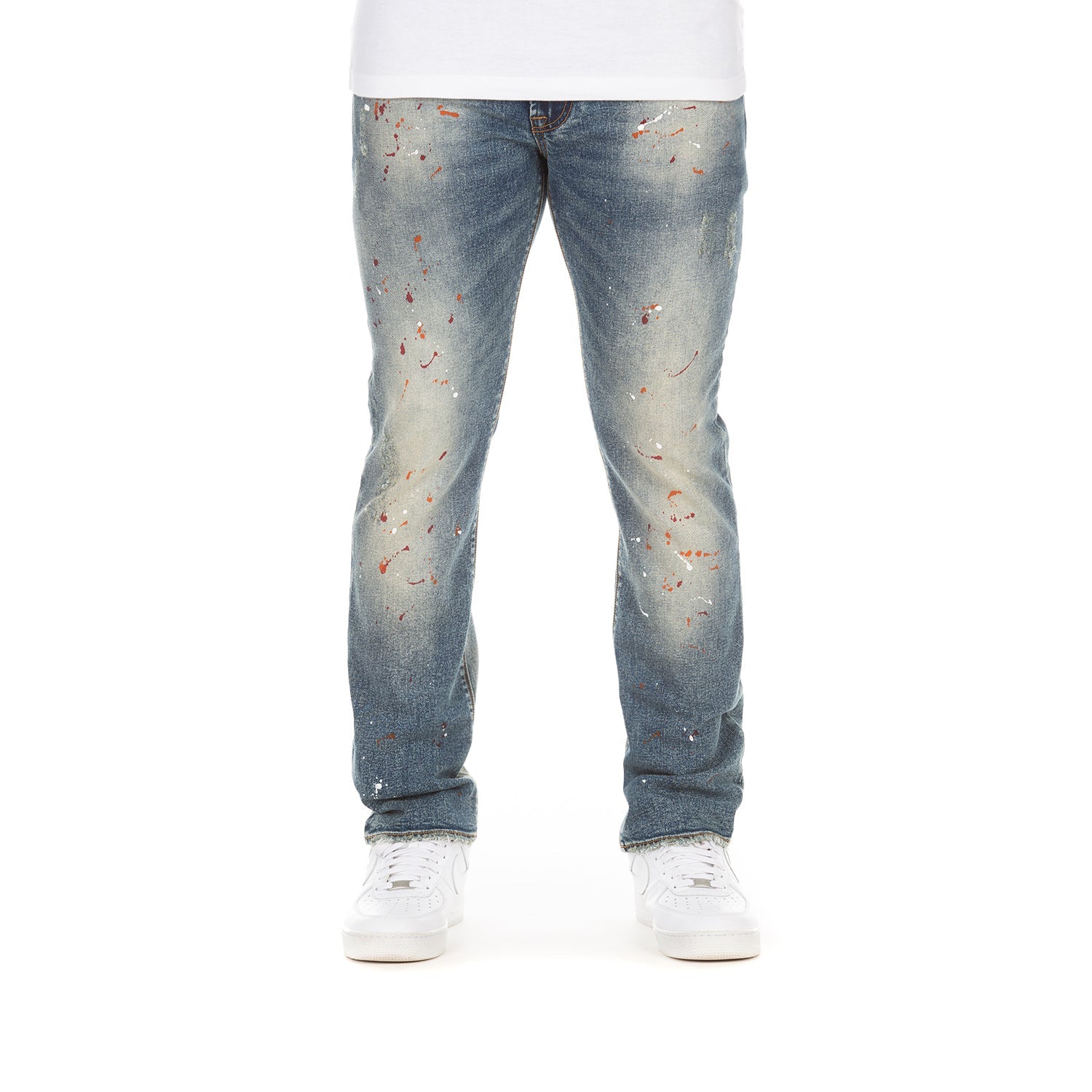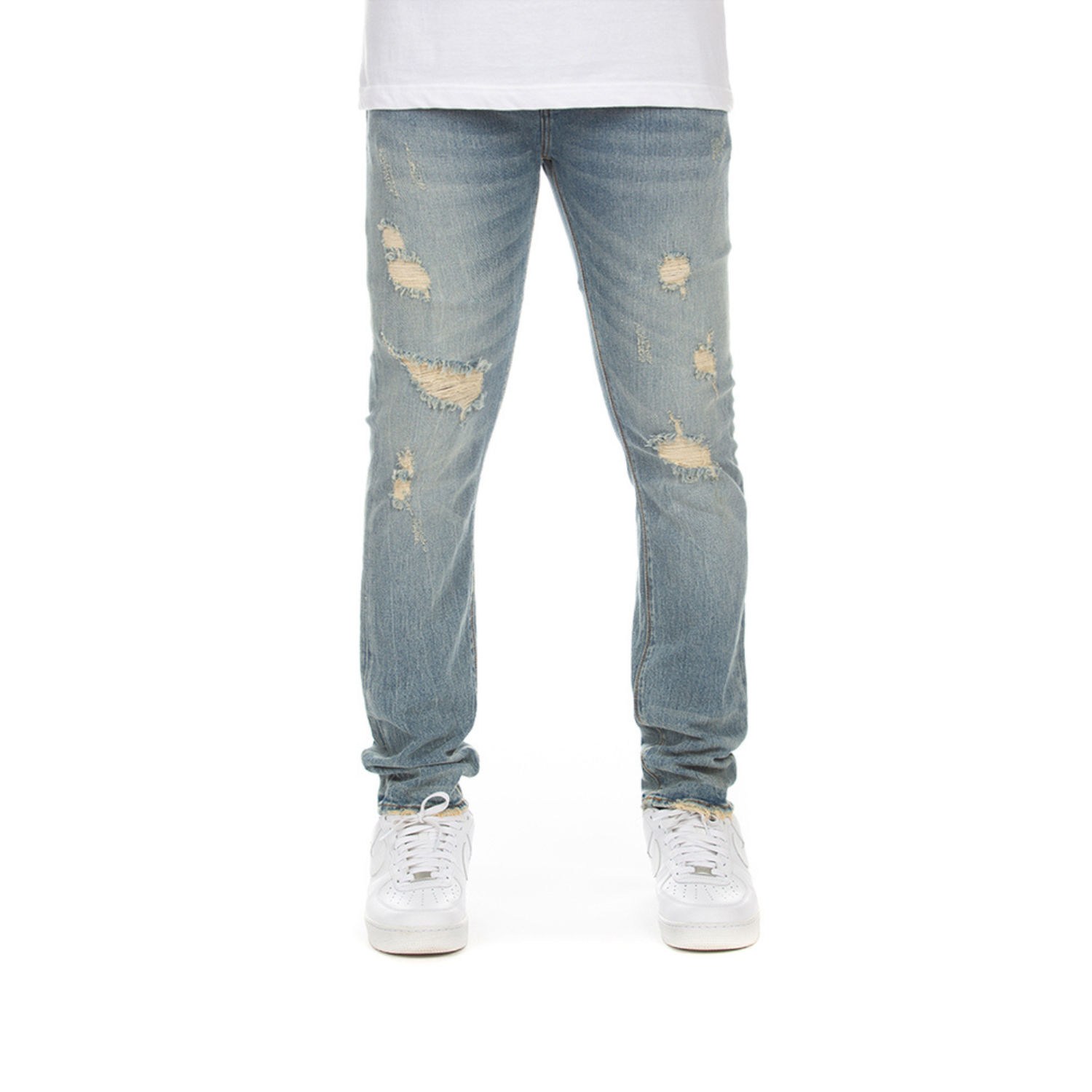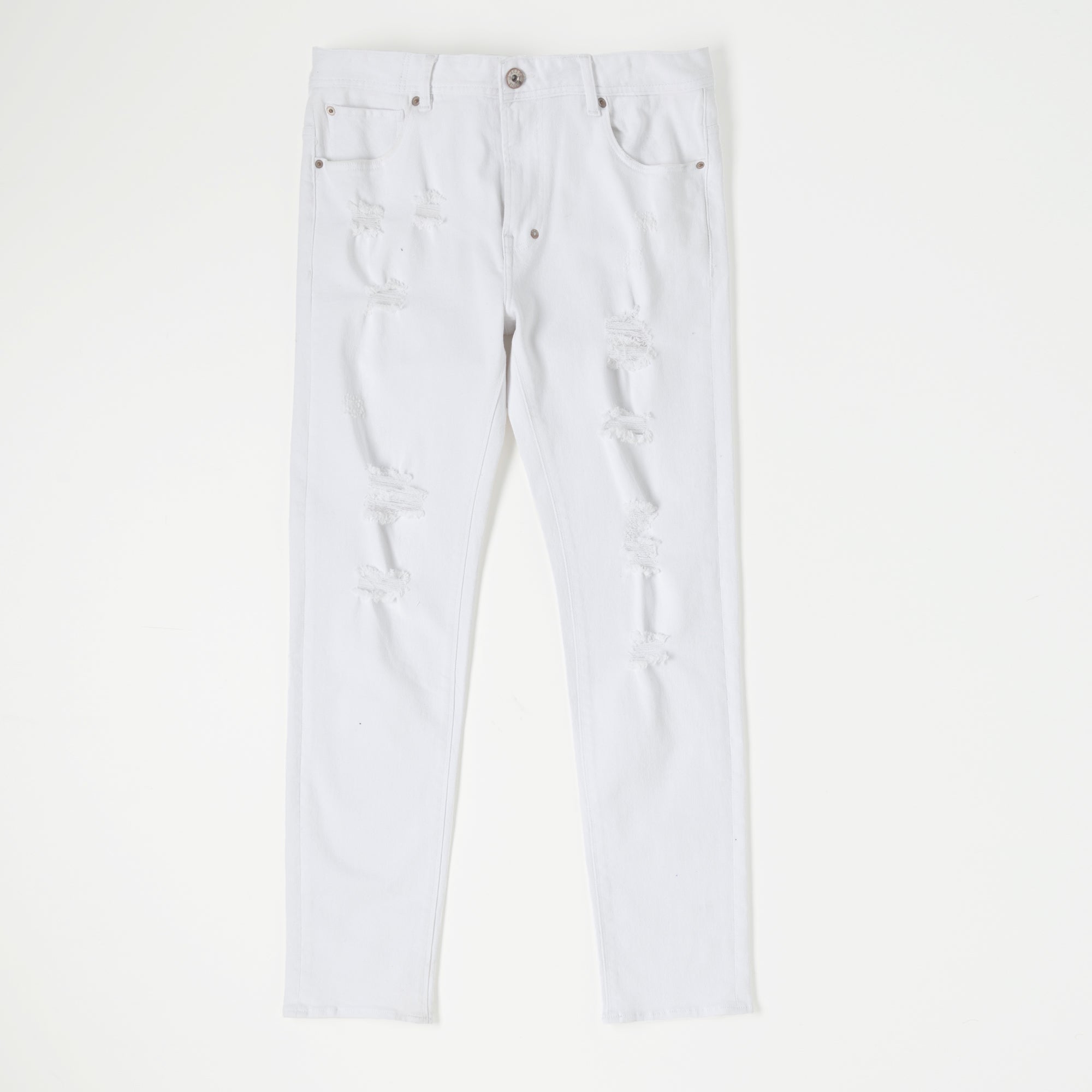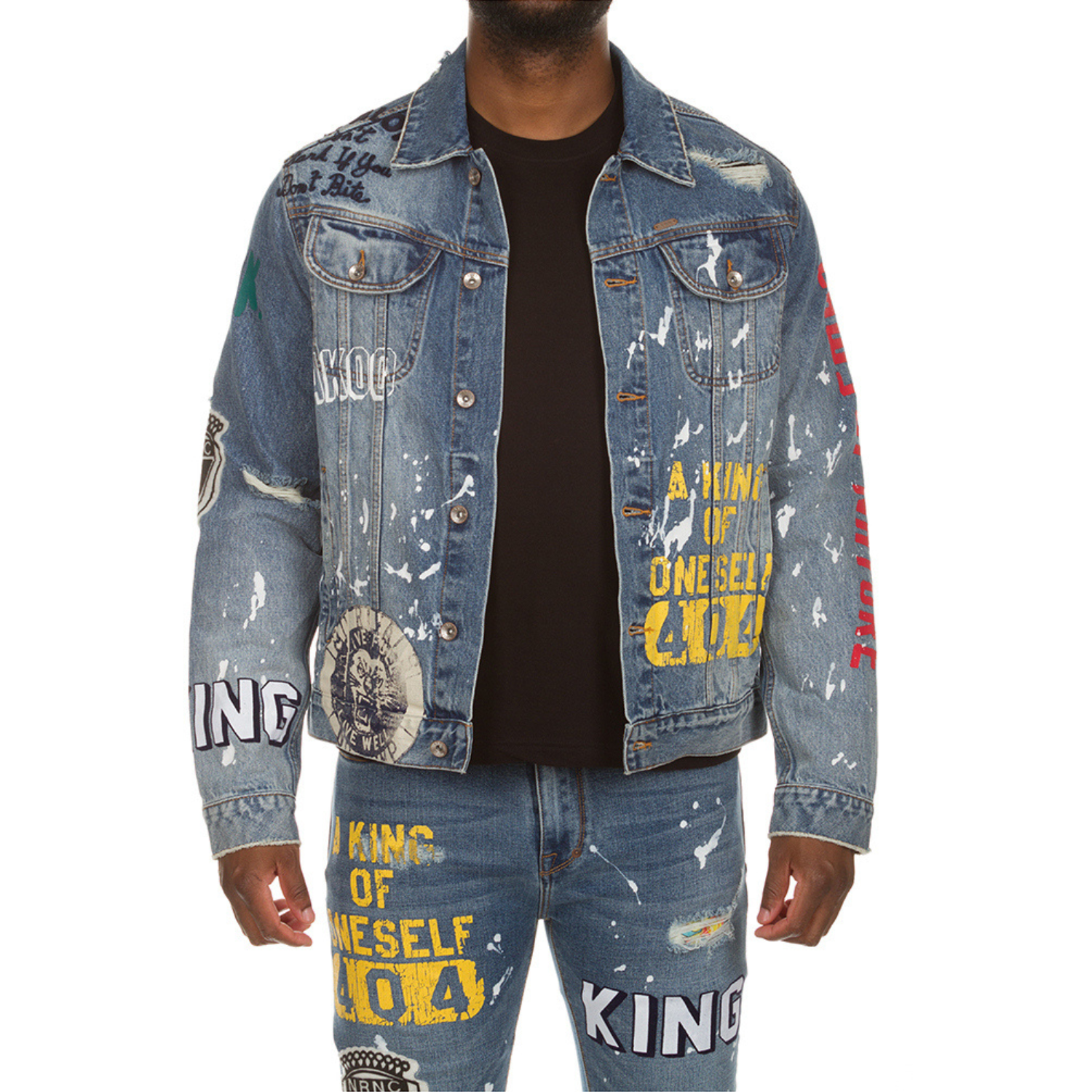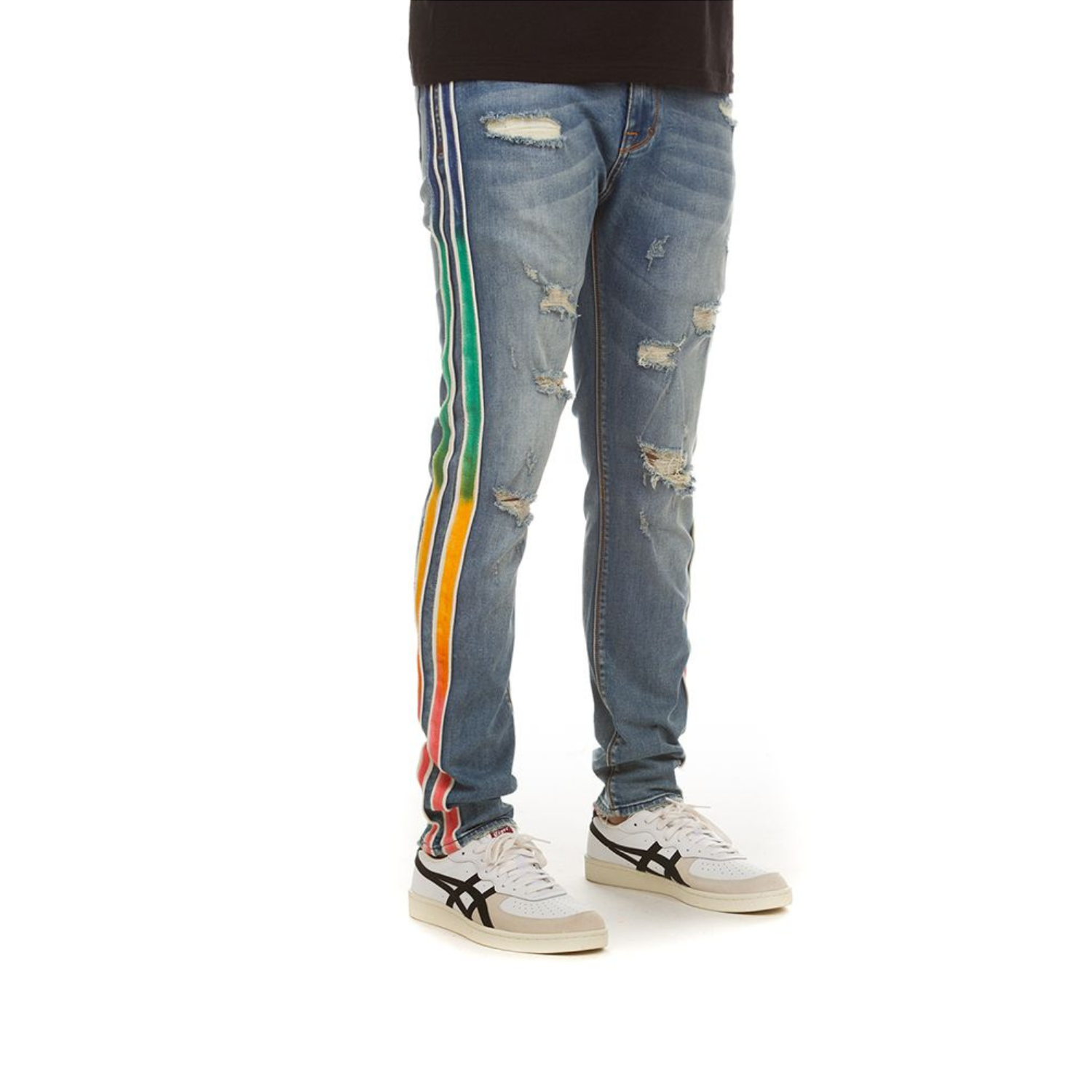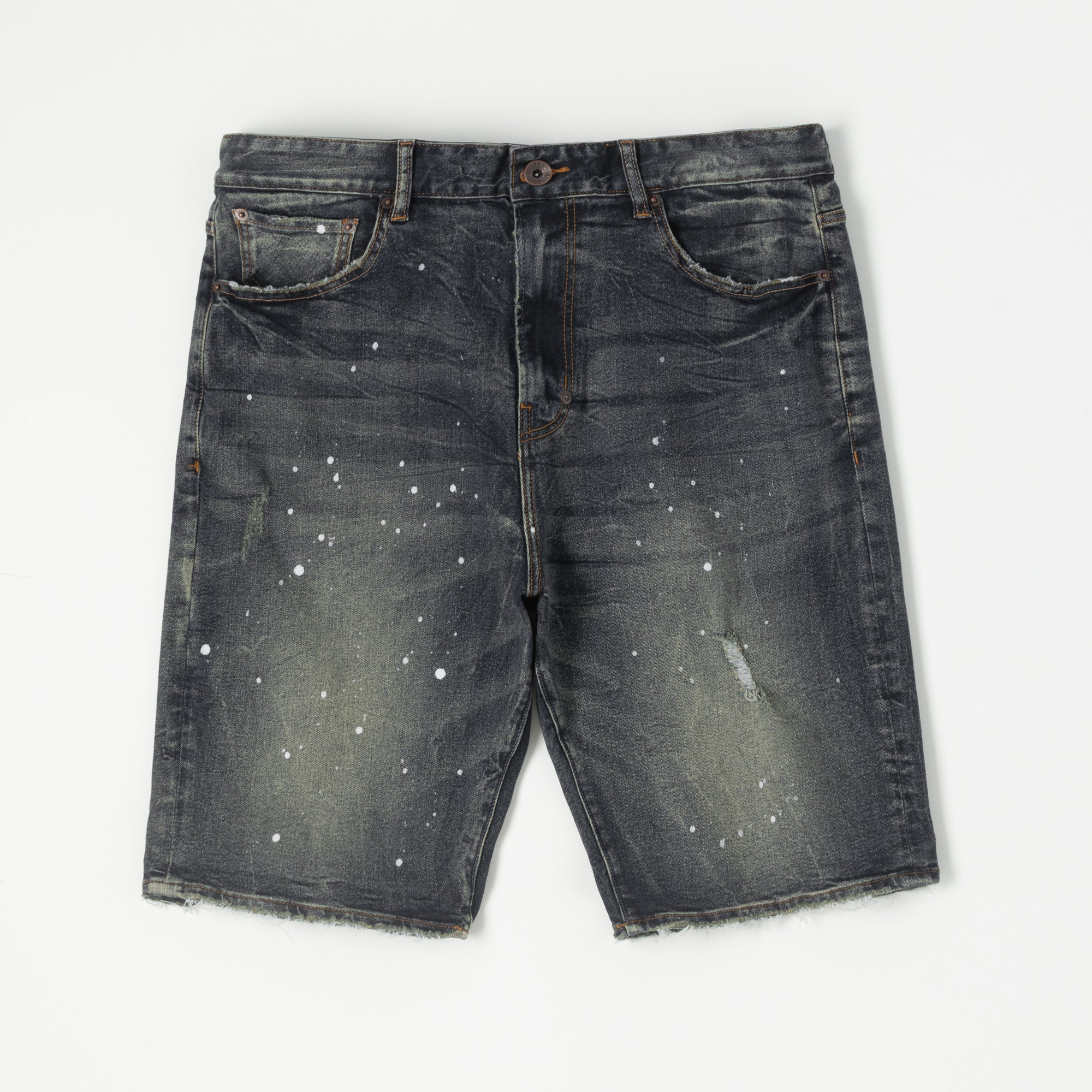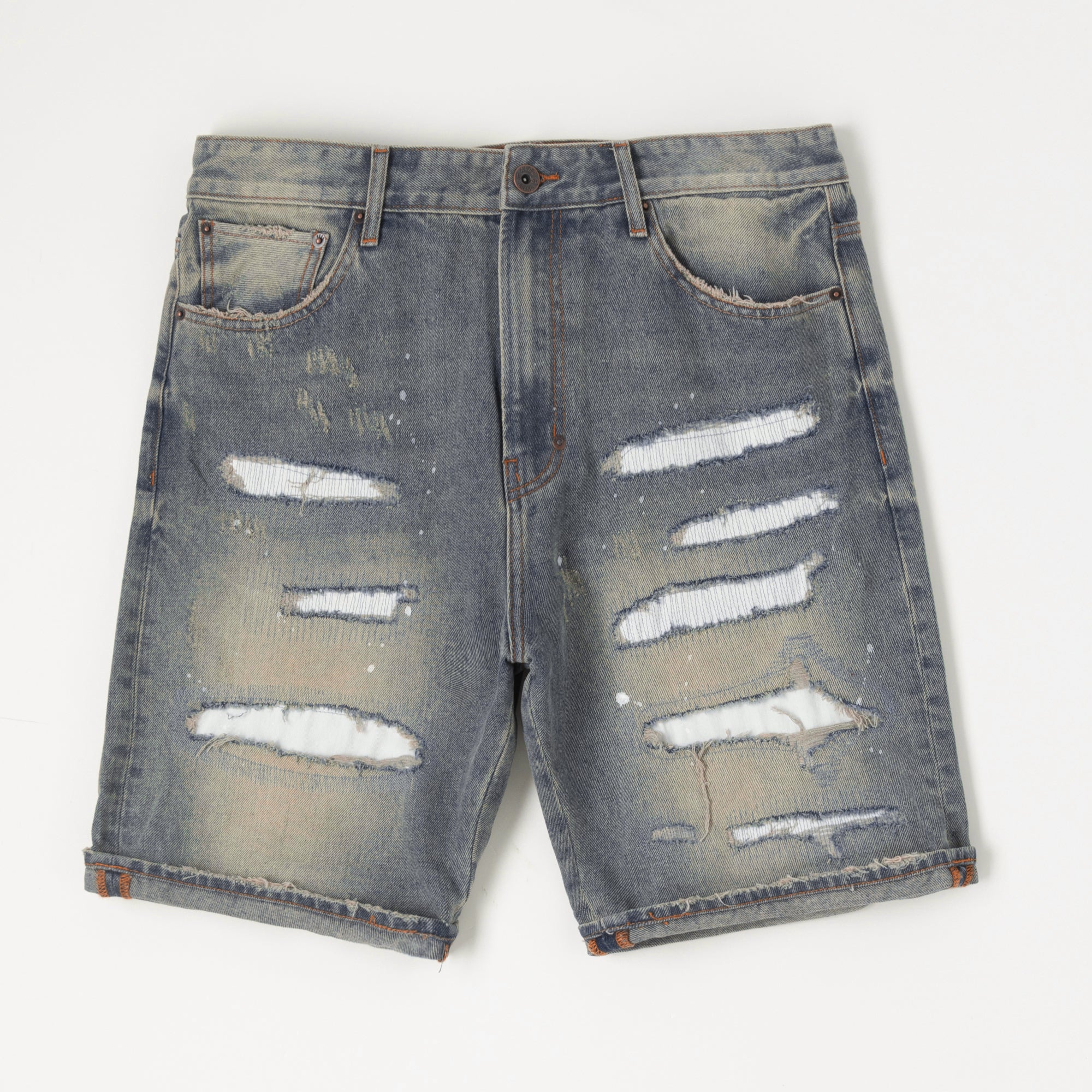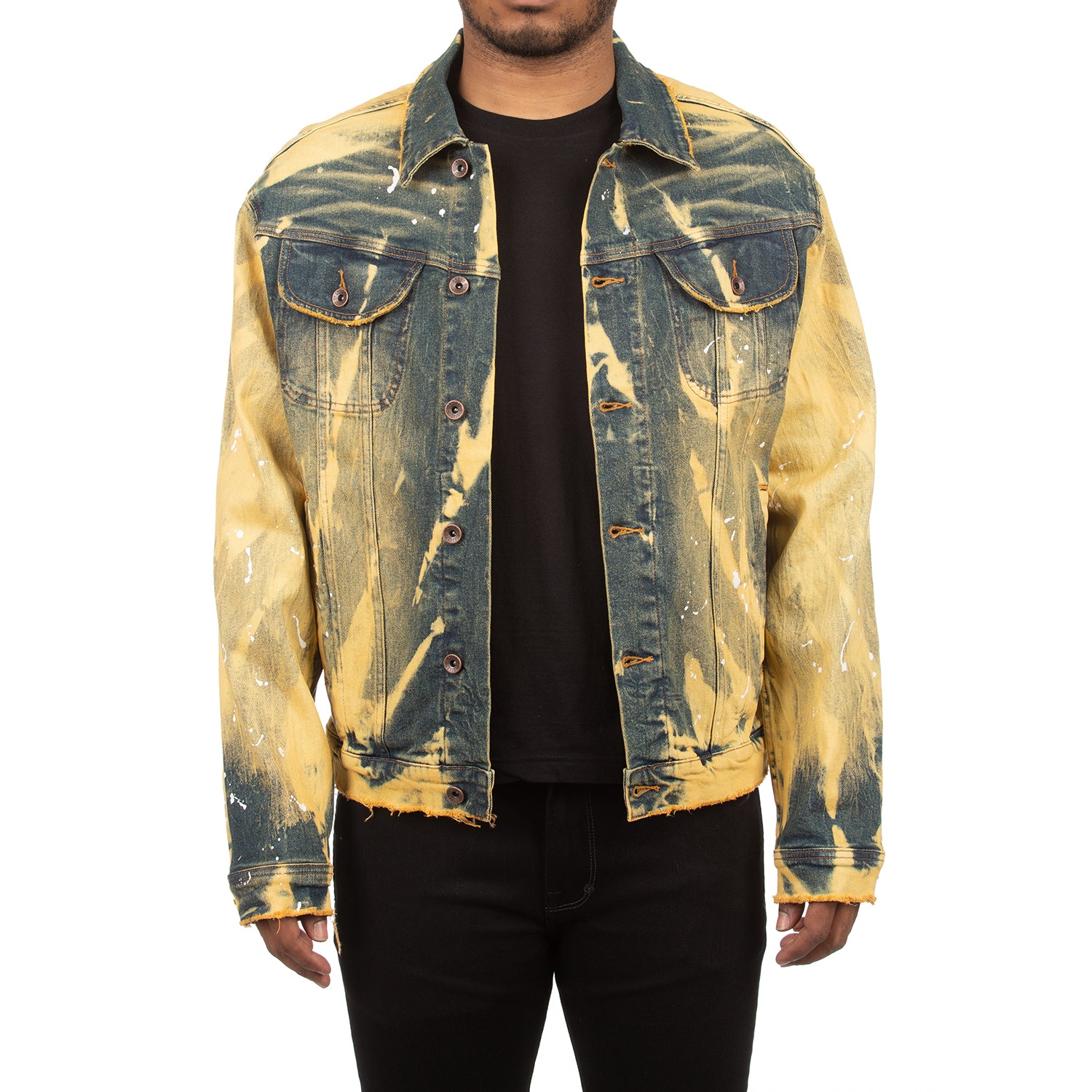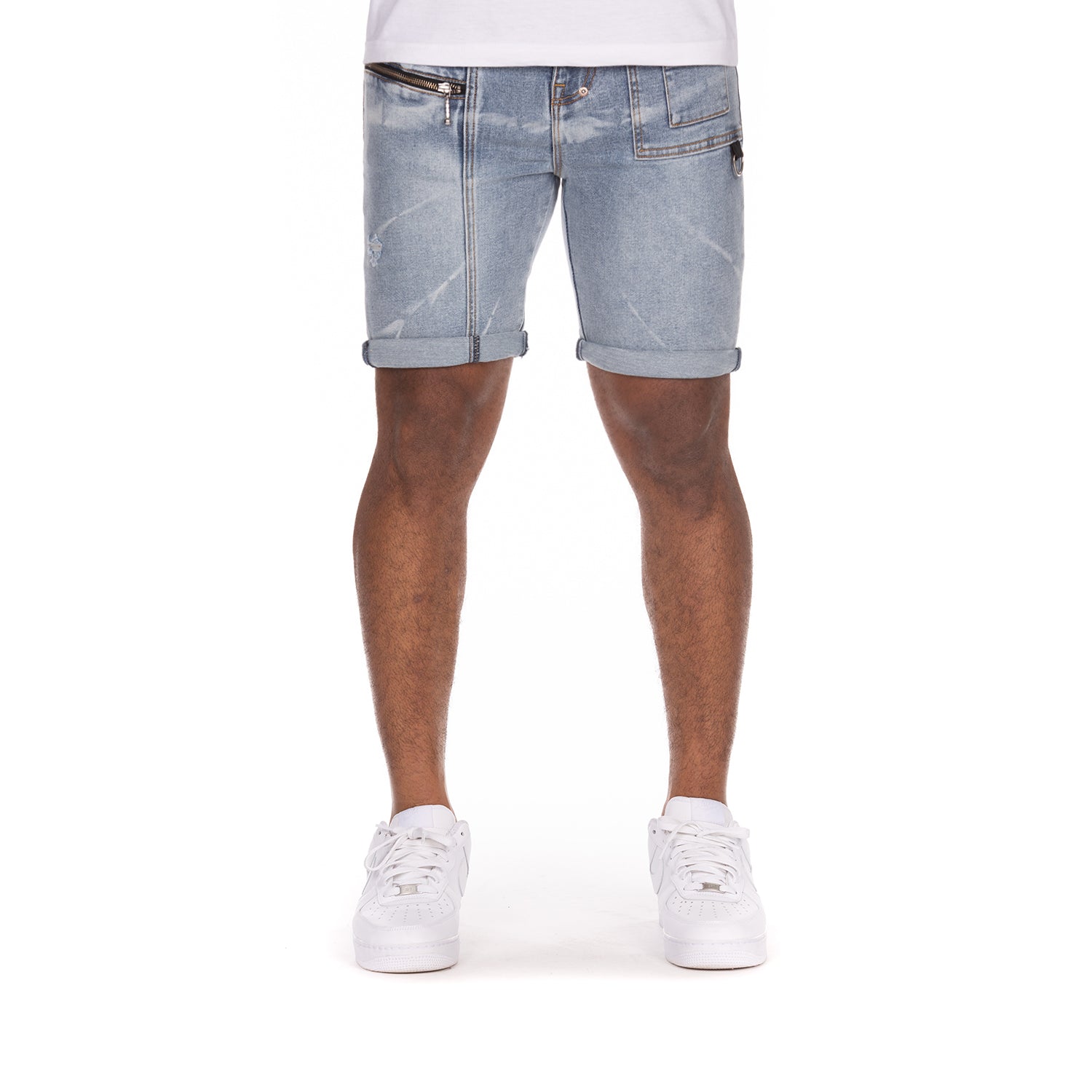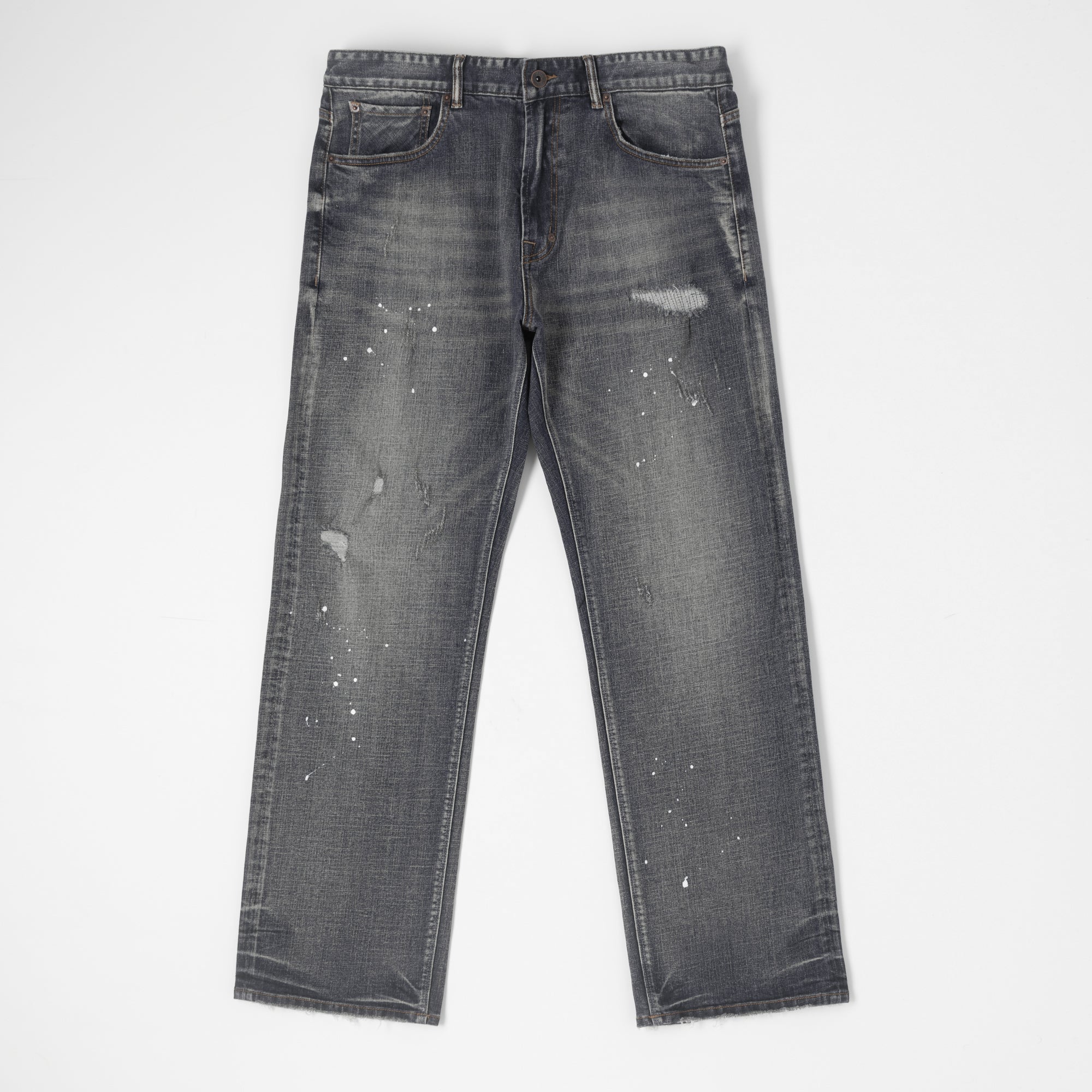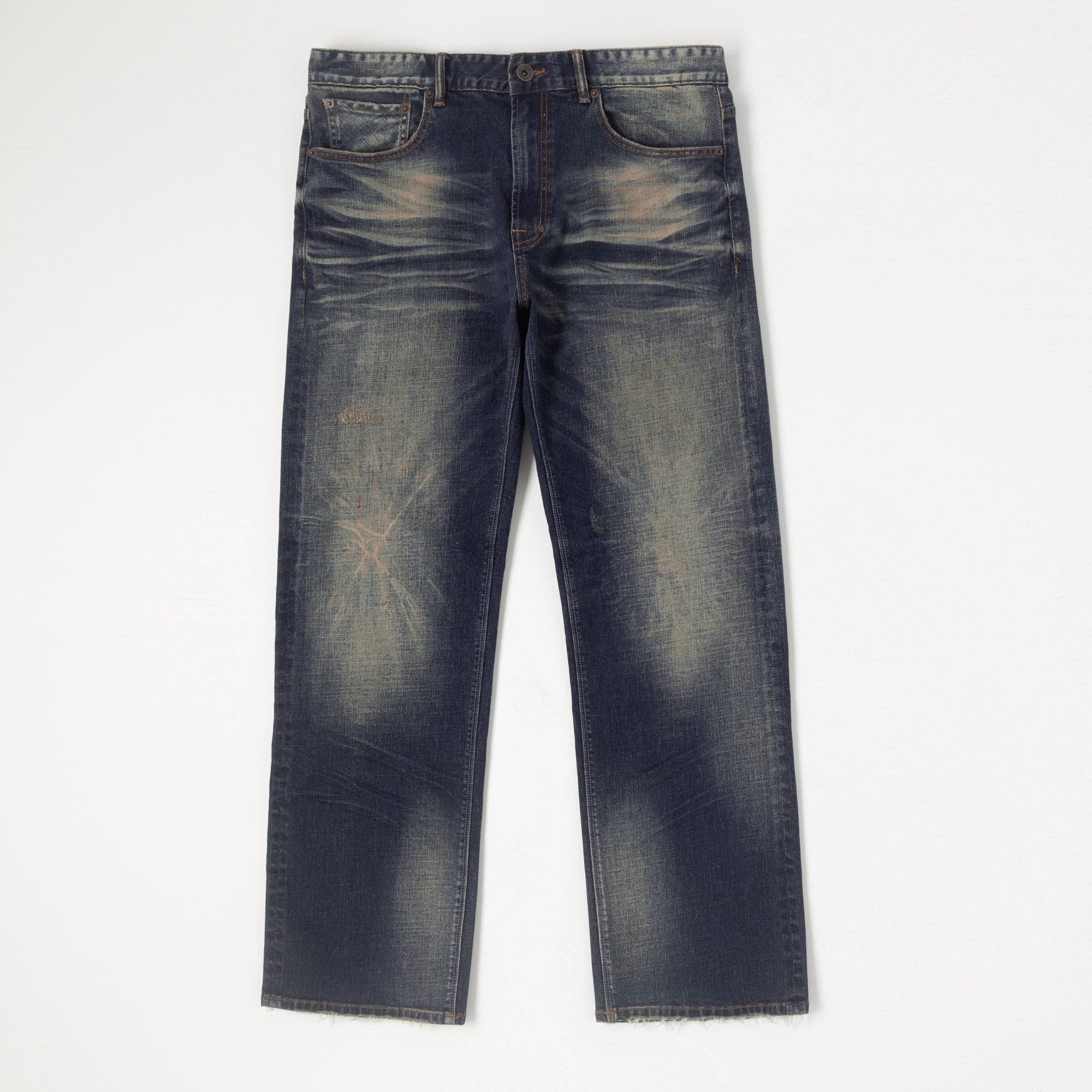Filters
Denim: A Fabric of Legacy, Innovation, and Enduring Style
Denim has long been a fabric synonymous with durability, versatility, and timeless style. Originally crafted for workwear, it has evolved into a cornerstone of modern fashion, adapting to every era’s trends while maintaining its rugged appeal. Today, denim jeans come in a variety of washes, textures, and finishes, making it an incredibly versatile fabric for different occasions and personal styles. Whether you're sporting classic blue jeans, distressed styles, or colored denim jeans, the fabric’s ability to blend seamlessly into both casual and more polished looks has solidified its place in wardrobes around the world. Its ability to pair effortlessly with virtually every other piece of clothing makes denim a must-have for anyone looking to combine comfort with style.
The Origins of Denim: From Workwear to Fashion Staple
Denim's roots date back to the 17th century when the fabric was first woven in the French city of Nîmes, giving rise to the term “denim” (from “serge de Nîmes,” meaning "serge from Nîmes"). However, it wasn’t until the 19th century, when it was popularized as workwear, that denim gained recognition worldwide. During the Gold Rush era in the United States, denim was crafted into sturdy pants designed to withstand the rigorous labor of miners. Levi Strauss, an entrepreneurial German immigrant, famously created the first pair of denim jeans in 1873, attaching metal rivets to pocket seams to make the fabric even more durable. This innovation forever changed the role of denim in everyday life.
Initially, denim jeans were designed with function in mind—its thick, twilled cotton fabric could handle the rough wear and tear of manual labor. As the industrial revolution progressed, denim became a staple fabric for workers in various industries, from railroads to farming. The durability and practicality of denim pants, jackets, and overalls made them an indispensable part of the working class’s wardrobe.
The Transition to Fashion: Denim as a Symbol of Rebellion
As time progressed, denim became more than just a workwear fabric. In the 1950s, denim jeans took on new cultural significance as they became associated with youth culture and rebellion. Iconic figures such as Marlon Brando and James Dean wore denim jeans on the silver screen, helping to solidify the image of denim as a symbol of youthful defiance and individuality. This era marked the beginning of denim's transformation from purely utilitarian wear into a fashion statement.
The 1960s and 1970s further cemented denim’s place in the fashion world. The countercultural movements of these decades embraced denim as an emblem of resistance and nonconformity. Denim bell-bottoms, flare jeans, and embroidered jackets became staples of bohemian and hippie fashion, reflecting a more relaxed and free-spirited attitude. The fabric's popularity skyrocketed, and denim jeans began appearing in more diverse cuts, colors, and styles.
The Evolution of Denim: Washes, Textures, and Styles
In the following decades, denim continued to evolve, with designers experimenting with new washes, cuts, and finishes to push the fabric's boundaries. By the 1980s, denim jeans had become a mainstream piece in both casual and semi-formal wardrobes. This decade witnessed the rise of acid-wash denim, characterized by a faded, bleached look that became a hallmark of 80s fashion. The 1990s ushered in the popularity of baggier, looser-fitting denim jeans, reflecting the grunge aesthetic and the increasing embrace of street style.
Denim underwent a revival in the 2000s, with skinny jeans and low-rise cuts taking center stage. Distressed and ripped denim jeans became increasingly popular, symbolizing a more rebellious and lived-in approach to fashion. During this time, denim's versatility continued to grow, as it was incorporated into various designs—from formal blazers and skirts to shorts and dresses. Today, denim remains a fabric that is constantly being reinvented, from raw, unwashed denim to various modern washes like light blue, indigo, black, and even pastel hues.
1. Denim Washes: One of the key factors contributing to denim’s versatility is the range of washes available. The wash refers to the process of treating denim fabric to achieve different colors and textures. Classic blue denim jeans are typically made from raw or indigo-dyed denim, giving them a deep, rich hue. Over time, washes such as stone-washing, acid-washing, and sandblasting were developed to create different textures and distressed looks. Today, denim manufacturers also use environmentally-friendly techniques to create similar effects without damaging the fabric.
2. Textures and Finishes: Modern denim goes beyond just the color. With new technologies and techniques, denim jeans now come in an array of finishes, such as distressed, torn, or frayed edges, which lend a lived-in, worn feel to the fabric. Some finishes incorporate studs, embroidery, or patches for a more eclectic and personalized look. Furthermore, there’s also the rise of stretch denim, made by blending cotton with elastic fibers like spandex, giving it more flexibility and comfort, allowing for a wide variety of fits and body shapes.
Denim’s Adaptability to Fashion Trends
The ability of denim jeans to adapt to different trends and fit preferences has been a significant reason for its ongoing relevance in fashion. Unlike many other fabrics, denim never seems to go out of style. It can be transformed to suit different seasons, occasions, and moods, making it an essential piece in any wardrobe.
1. Casual Denim Looks: The classic combination of denim jeans and a t-shirt or hoodie remains a timeless look. Denim jackets, often paired with casual staples like t-shirts or sweatshirts, are perfect for layering in cooler months. This laid-back aesthetic is effortlessly stylish, and denim serves as the perfect foundation for creating a comfortable yet chic outfit.
2. Denim for Work and Semi-Formal Settings: In recent years, denim has crossed into more polished, semi-formal environments. While it was once considered too casual for workplaces, the rise of smart-casual dress codes has led to the emergence of tailored denim pieces. Denim blazers, skirts, and tailored pants allow individuals to express personal style in more professional settings without sacrificing comfort. These pieces are often crafted from higher-end denim, offering a sleek look that’s polished yet still has a relaxed vibe.
Denim Today: Sustainability and the Future of Denim
In recent years, sustainability has become a critical issue in the fashion industry, and denim is no exception. The process of manufacturing denim jeans—particularly the treatment of the fabric with chemicals and dyes—can have a significant environmental impact. However, many brands and manufacturers are now embracing eco-friendly practices, such as using organic cotton, waterless dyeing methods, and creating denim that is recyclable.
Conclusion: Denim as a Timeless Wardrobe Essential
Denim’s ability to remain relevant and adaptable in the ever-changing world of fashion is a testament to its enduring appeal. From its humble origins as sturdy workwear to its current status as a global fashion essential, denim has woven itself into the fabric of modern culture. It is no longer just a fabric—it is a symbol of style, freedom, and expression. Today, denim jeans continue to evolve, offering endless options for every personal taste and lifestyle. Whether you prefer the classic look of blue denim jeans or the contemporary twist of colored or distressed denim, there is no denying that this fabric is here to stay. Denim isn’t just about comfort and function; it’s a versatile and ever-evolving material that allows individuals to create their own personal style story.

